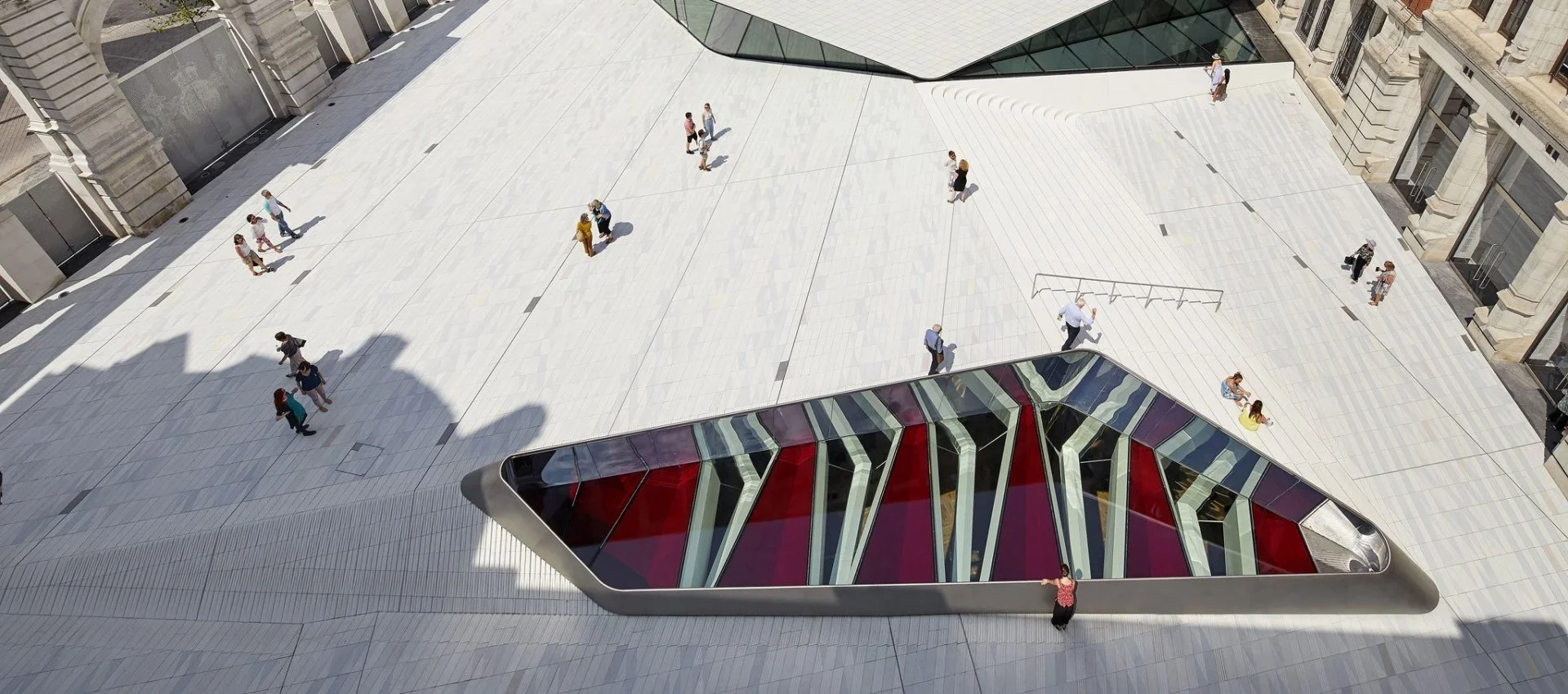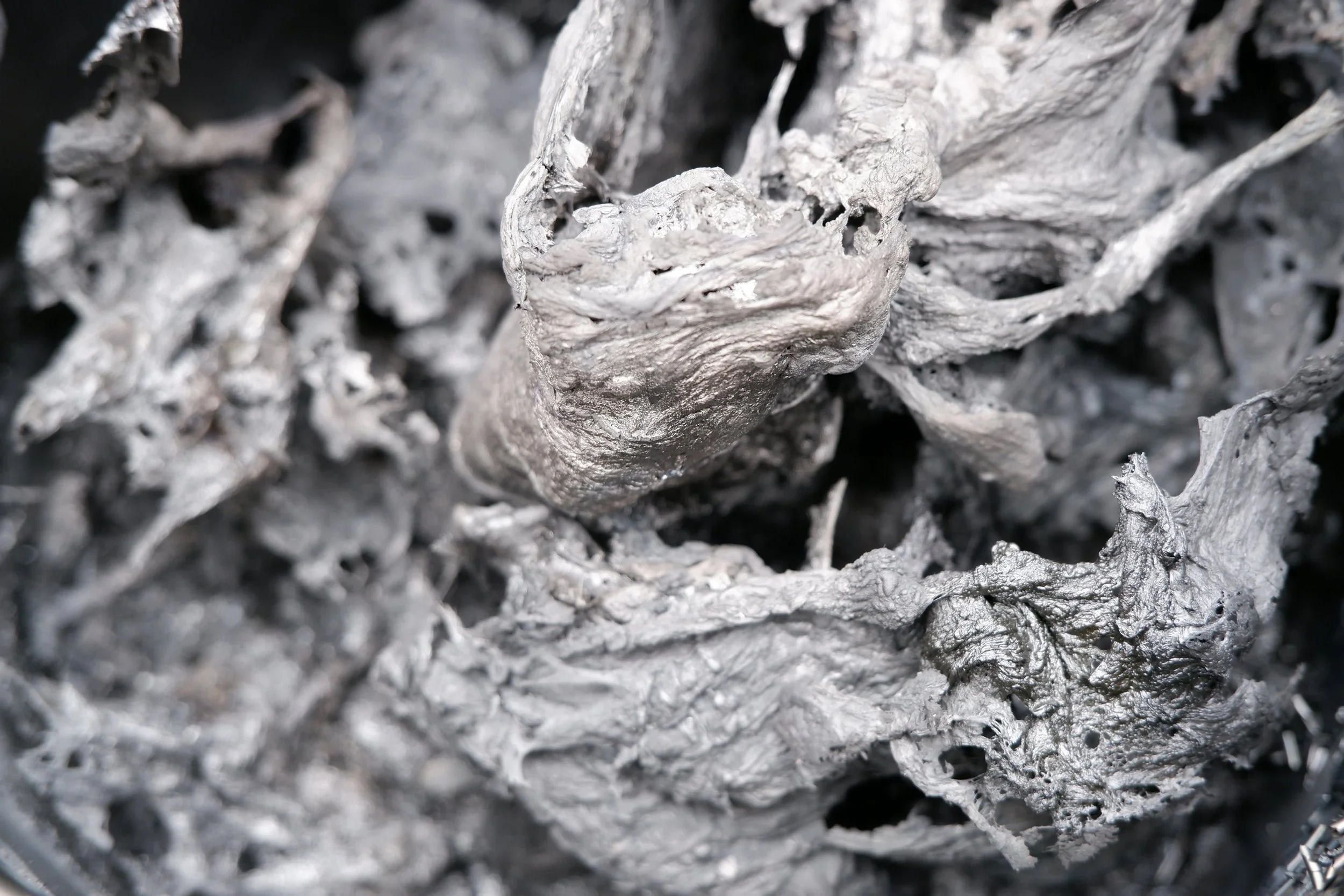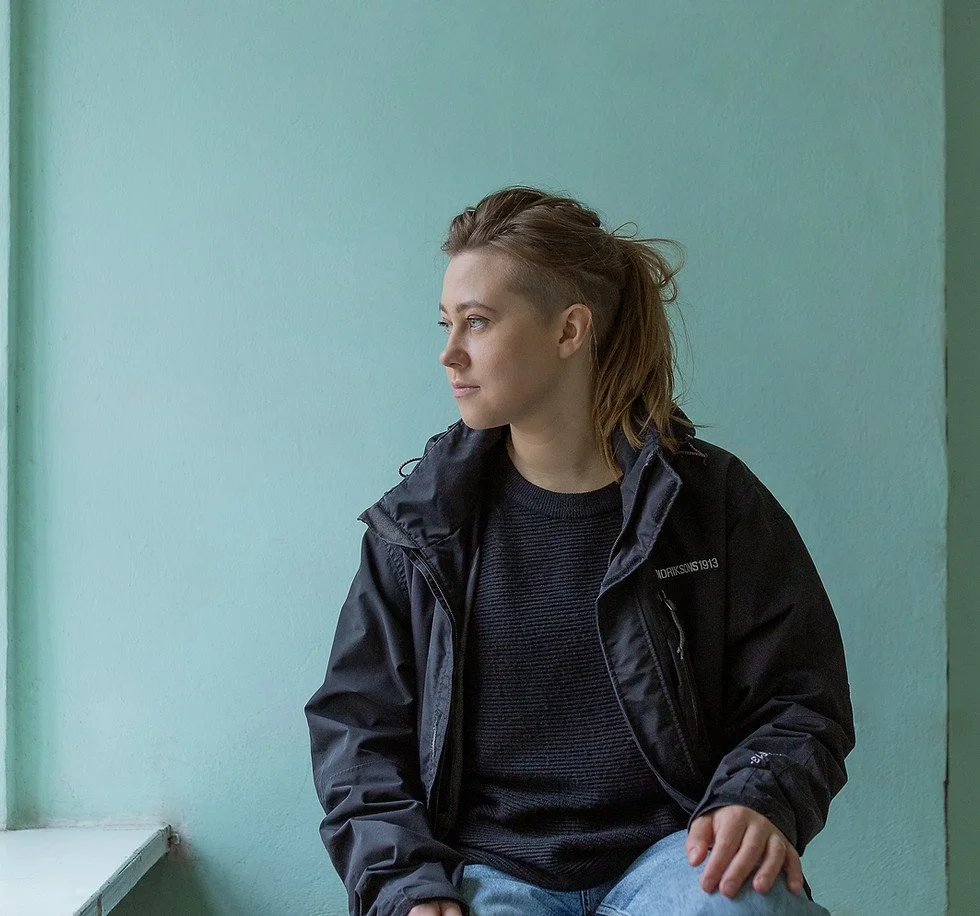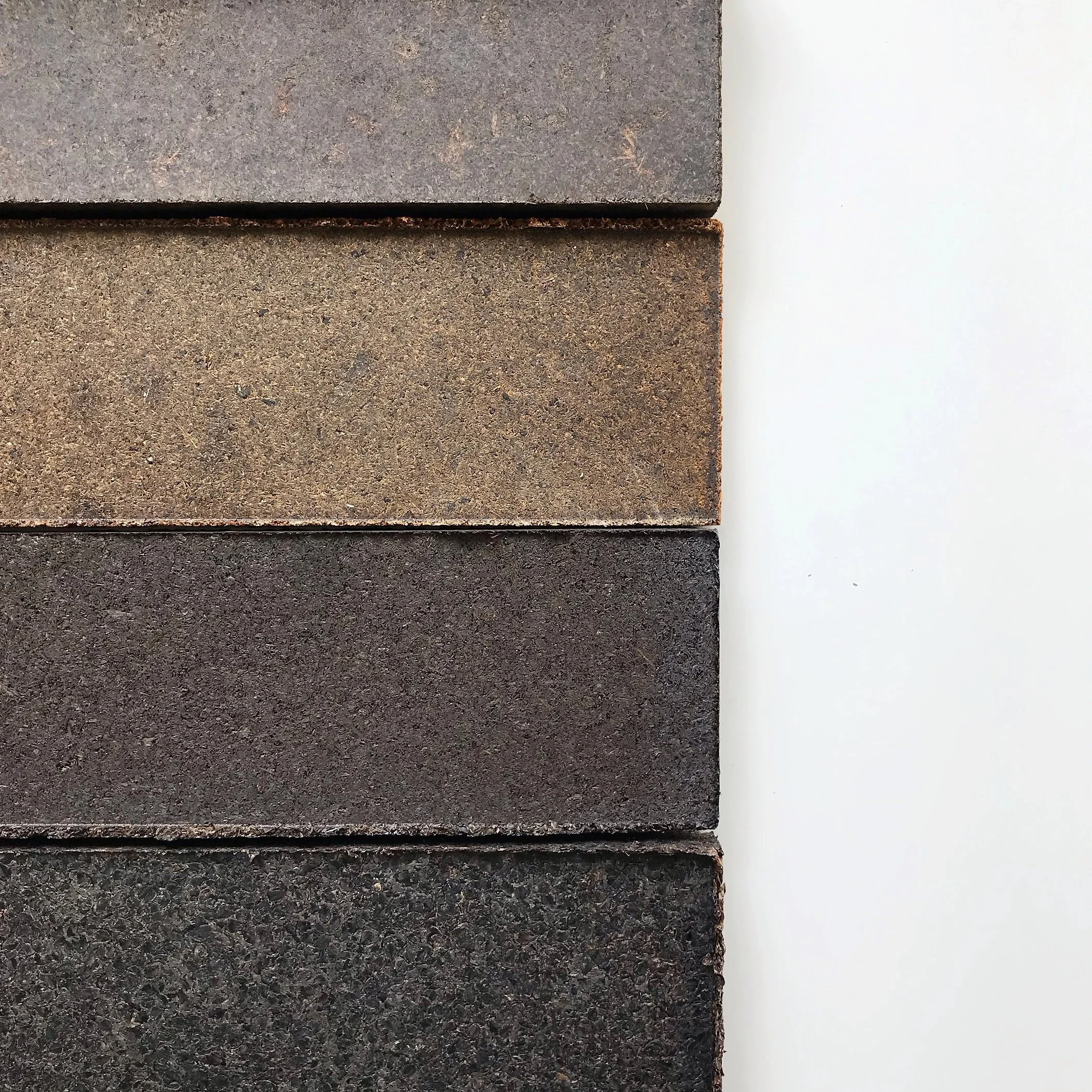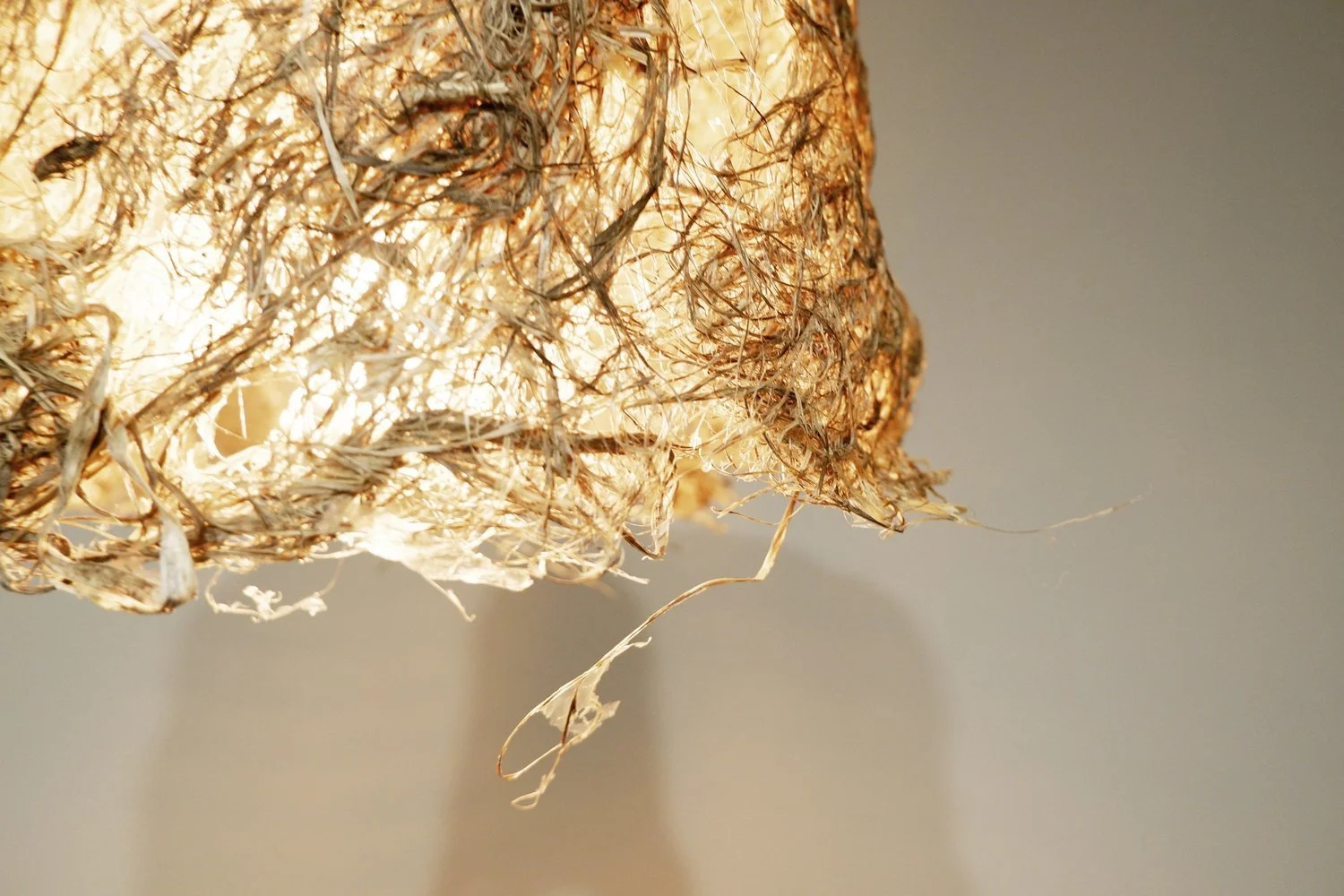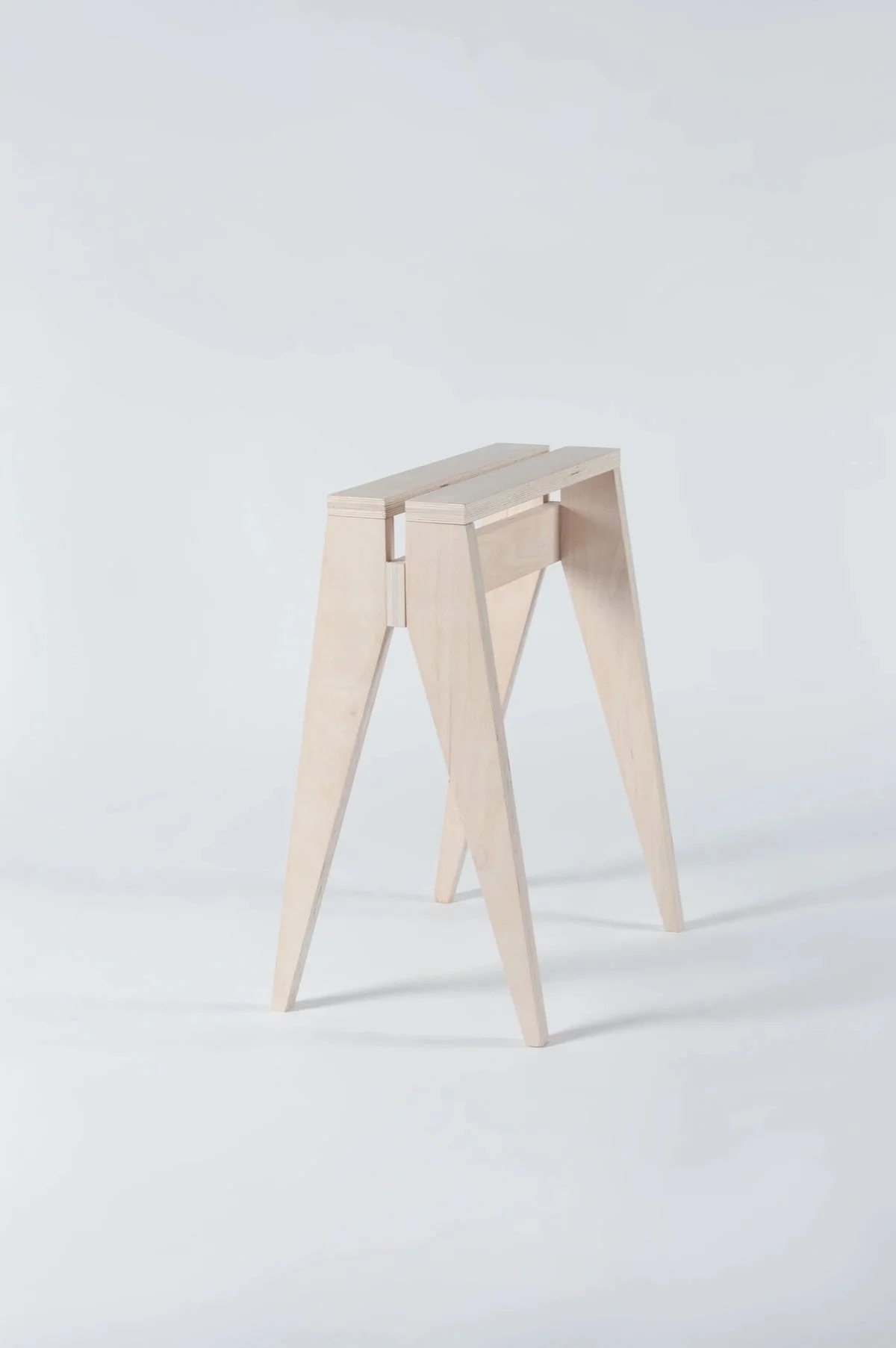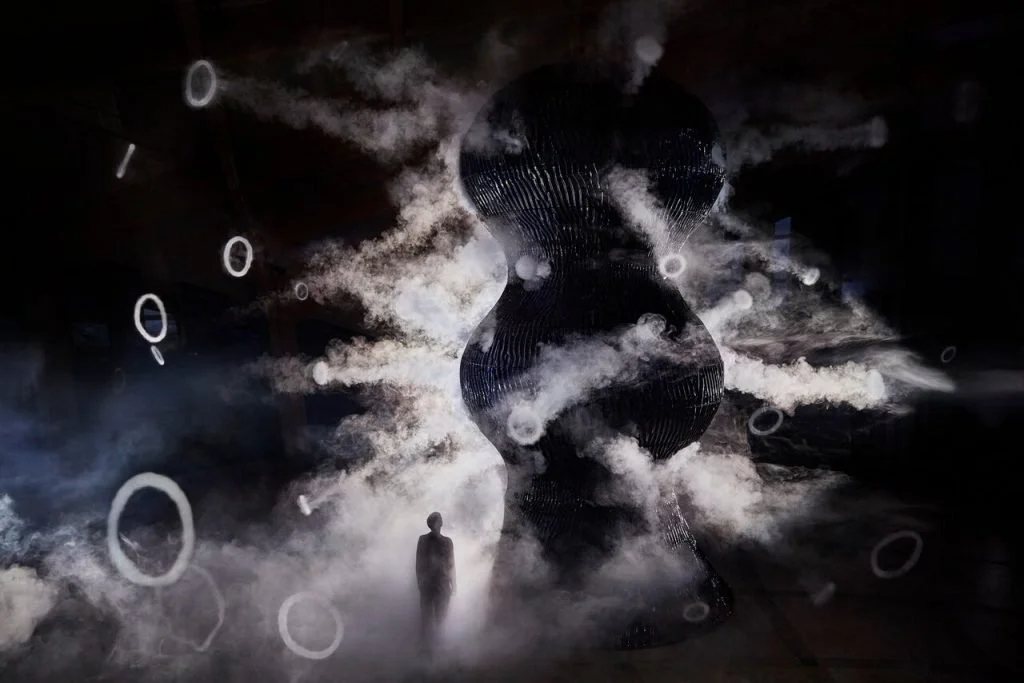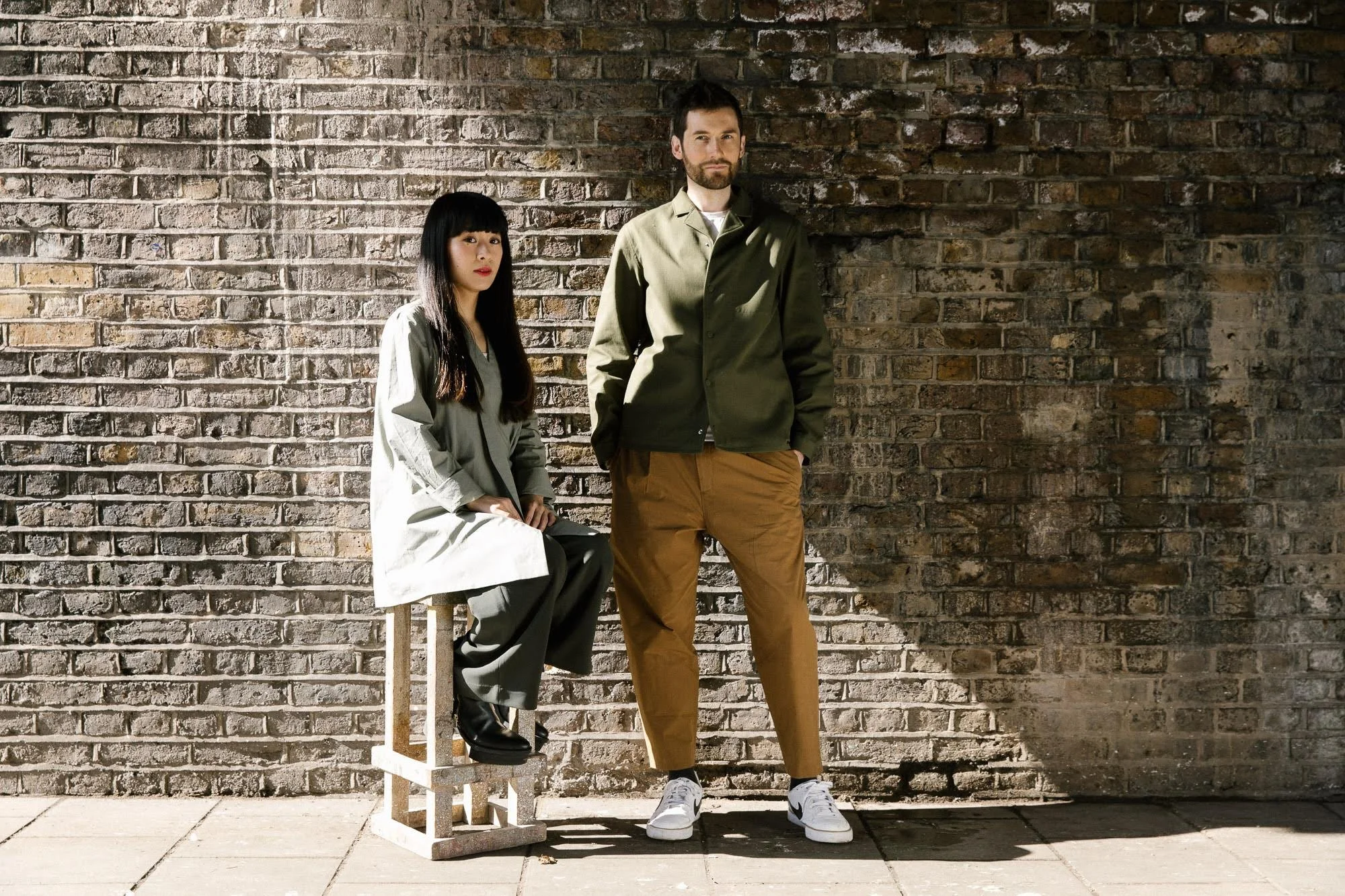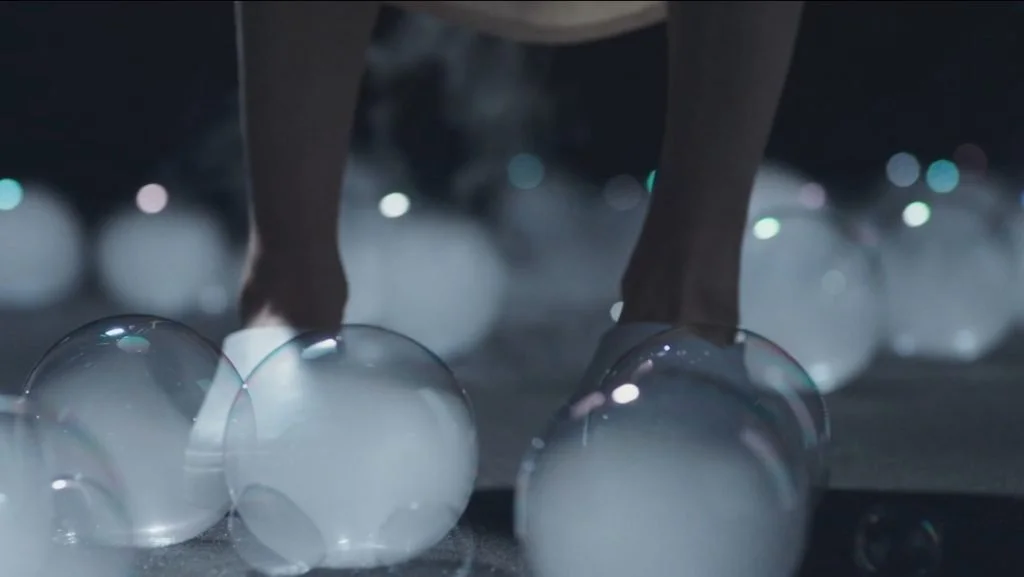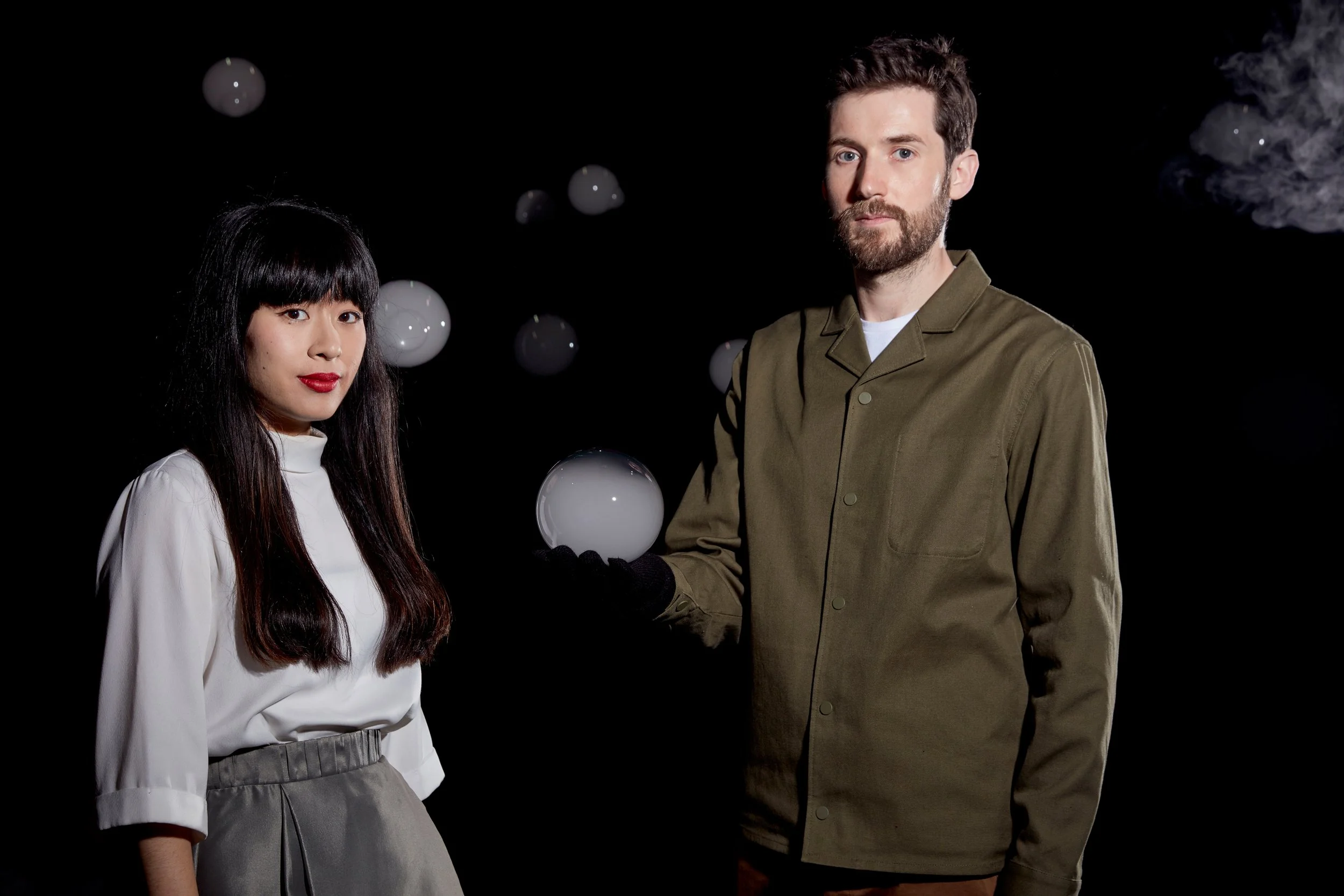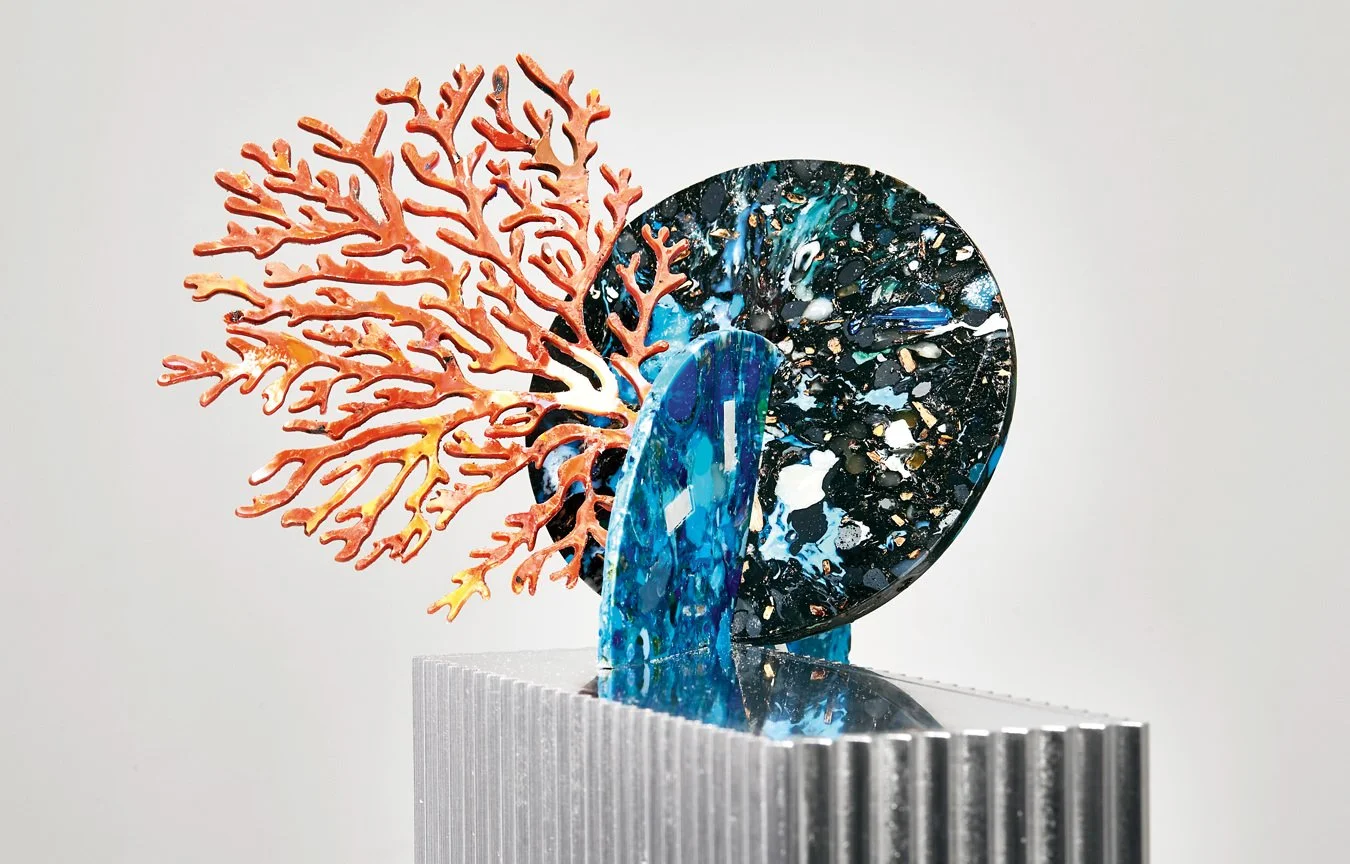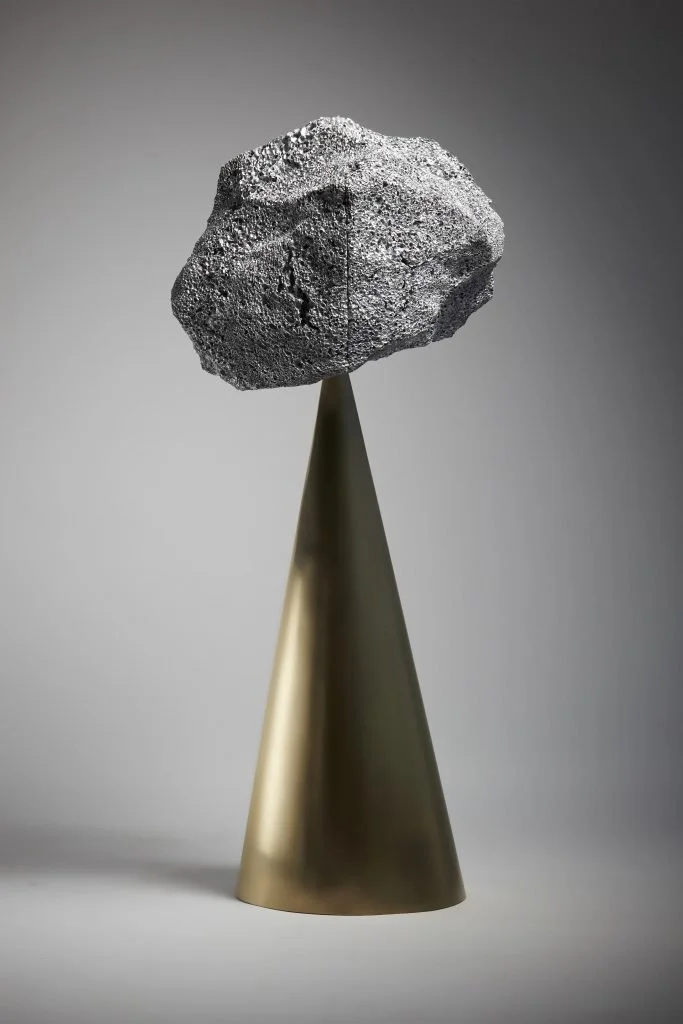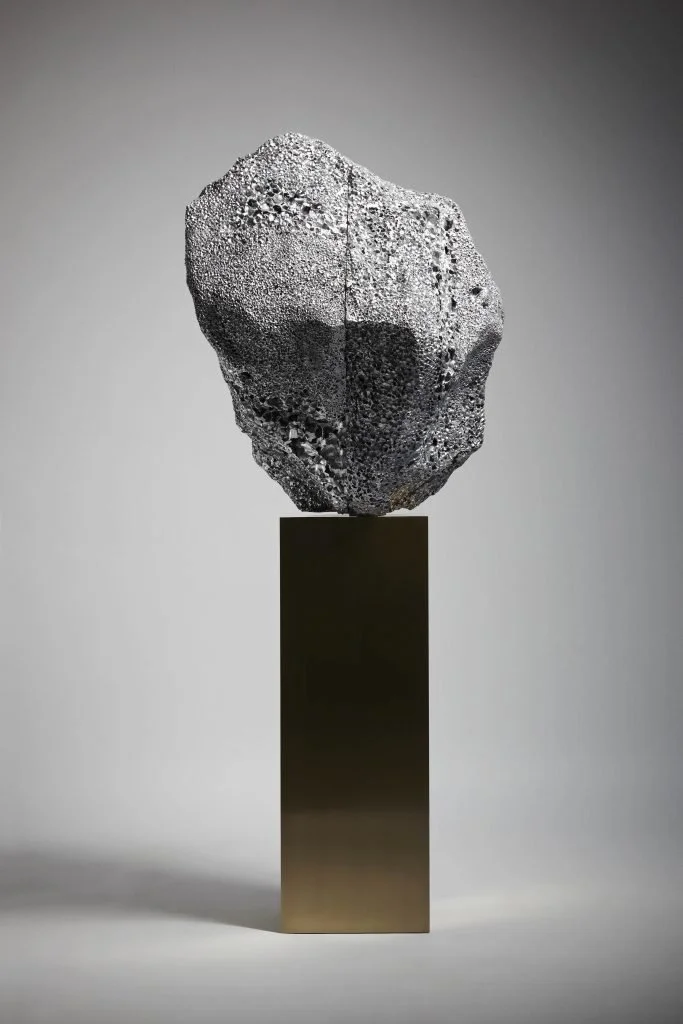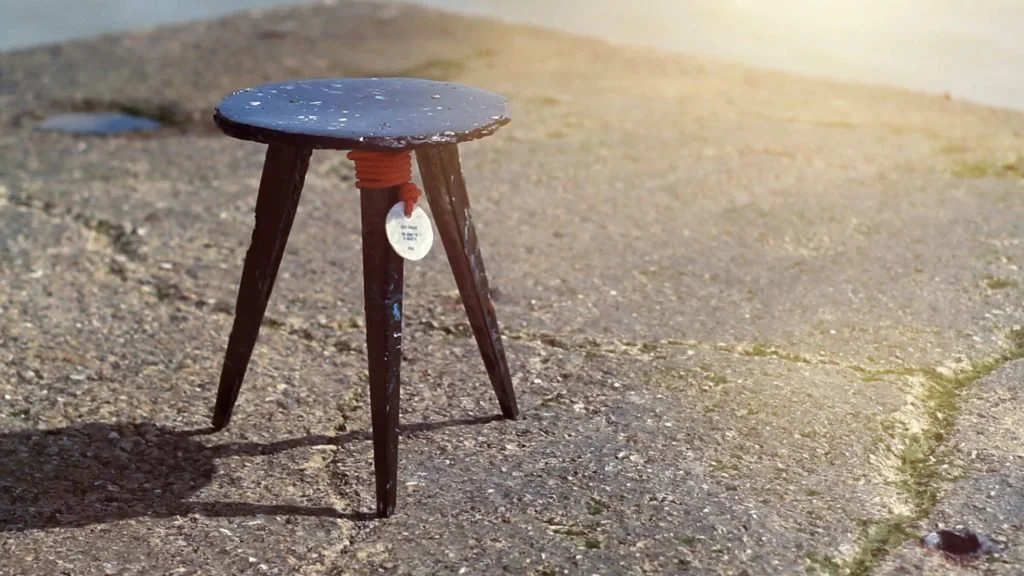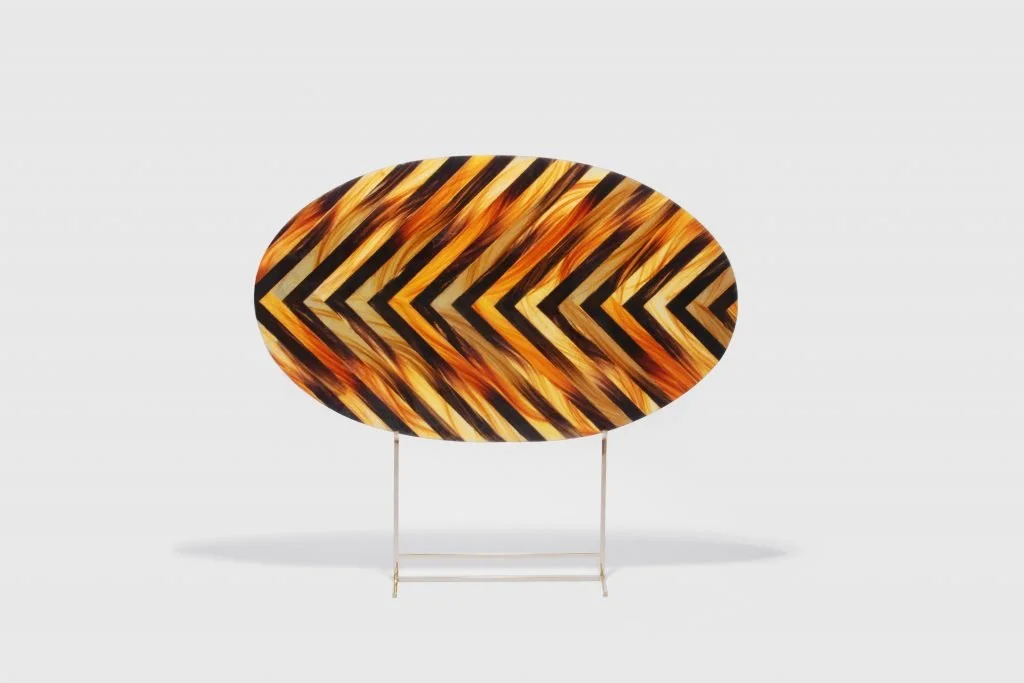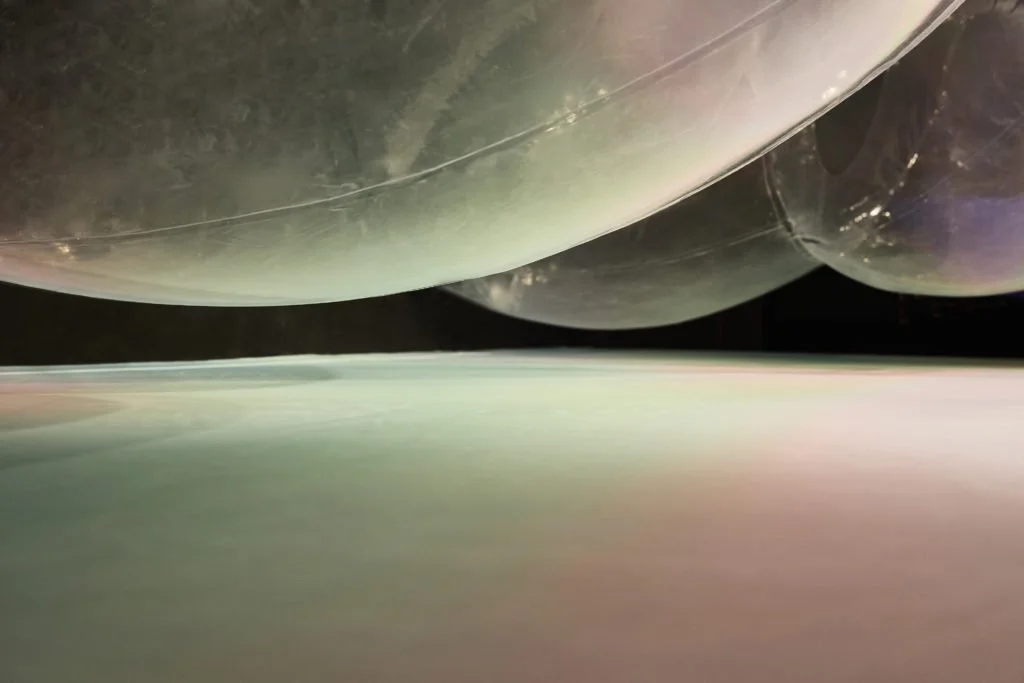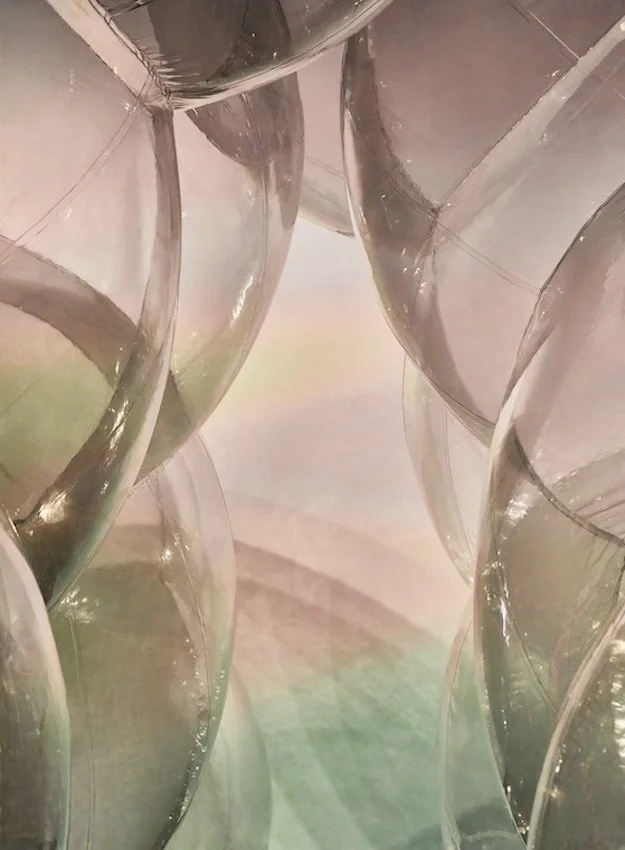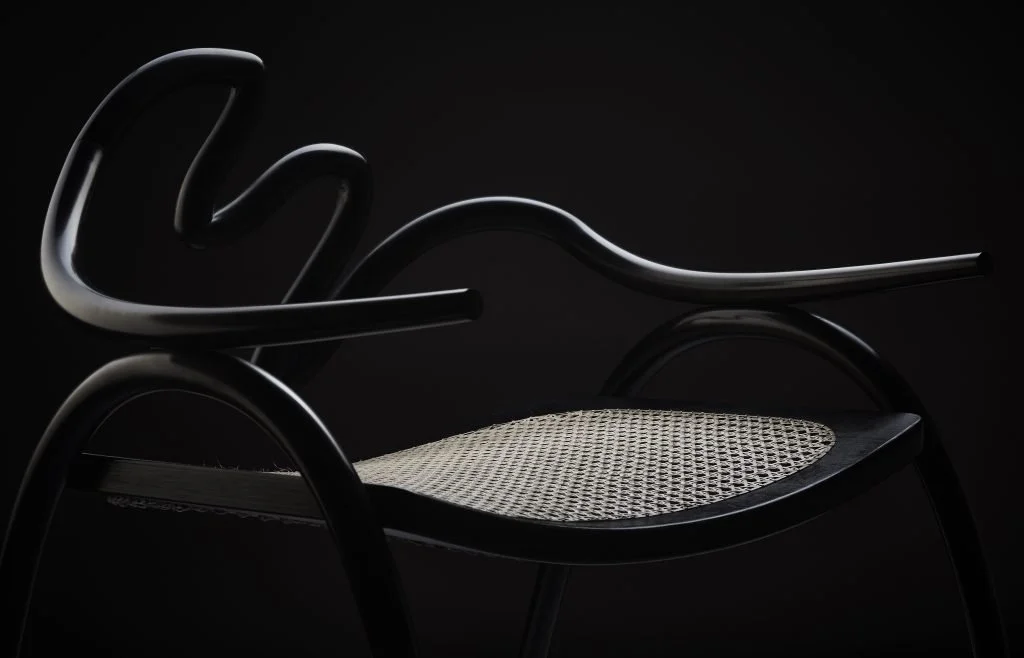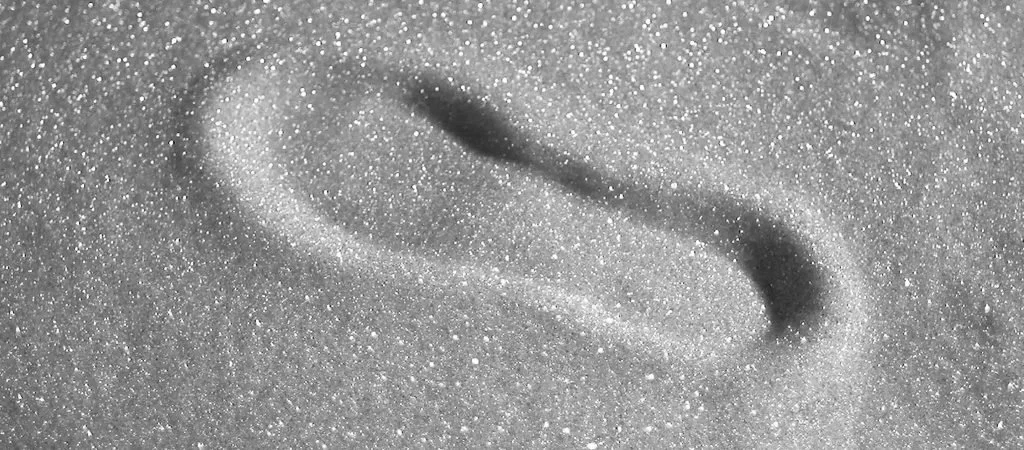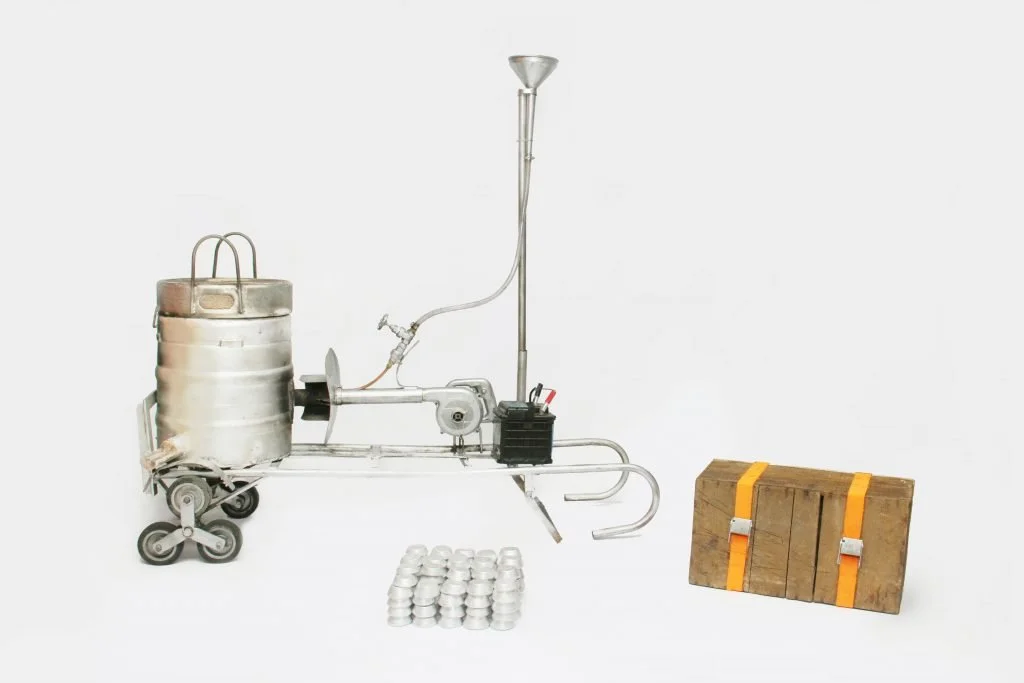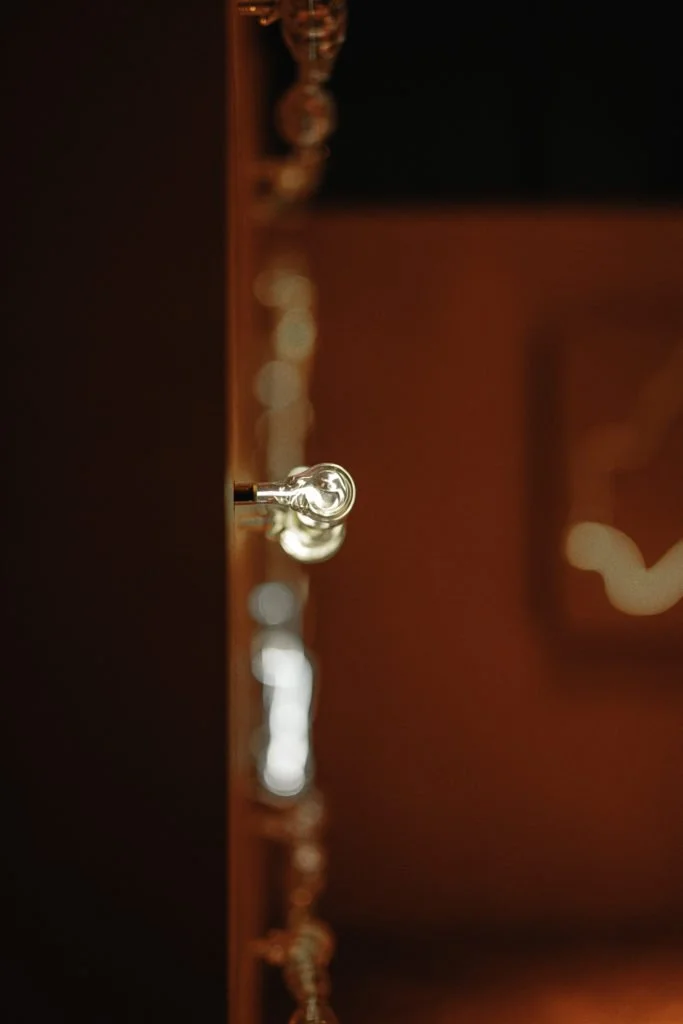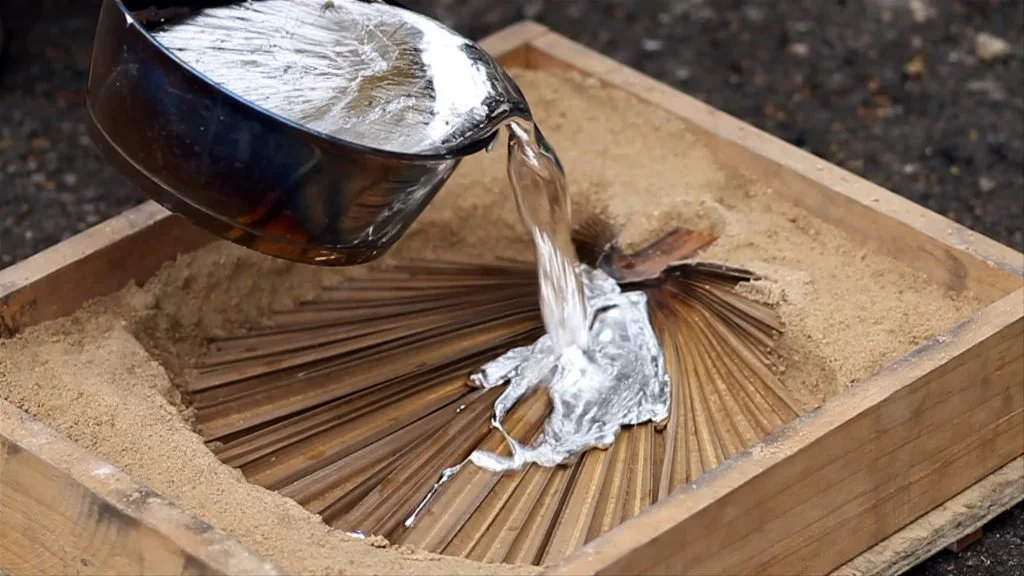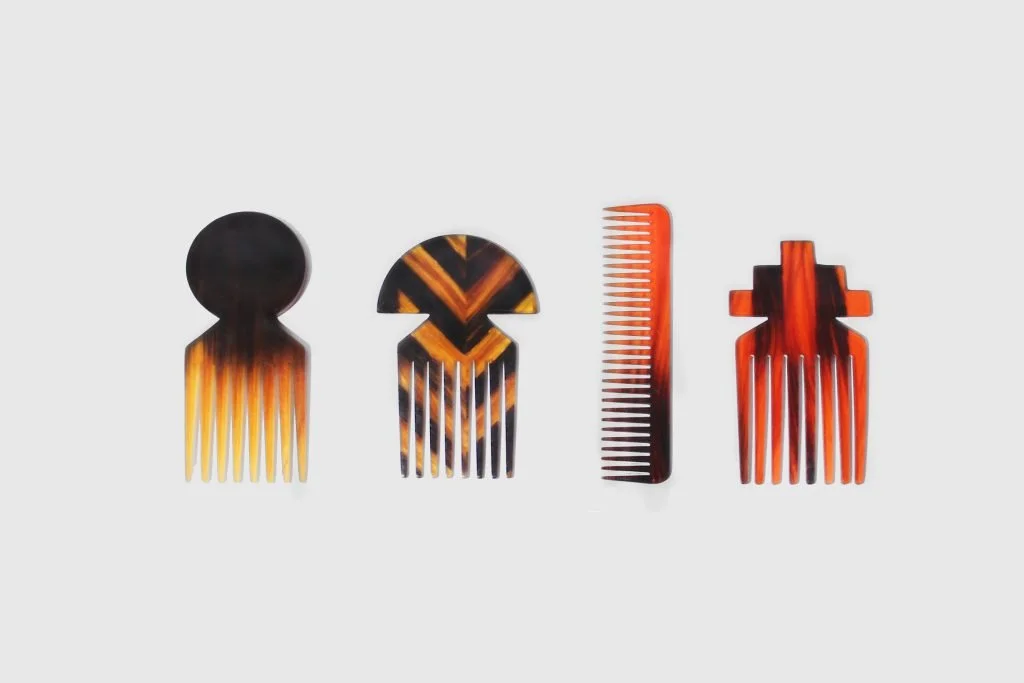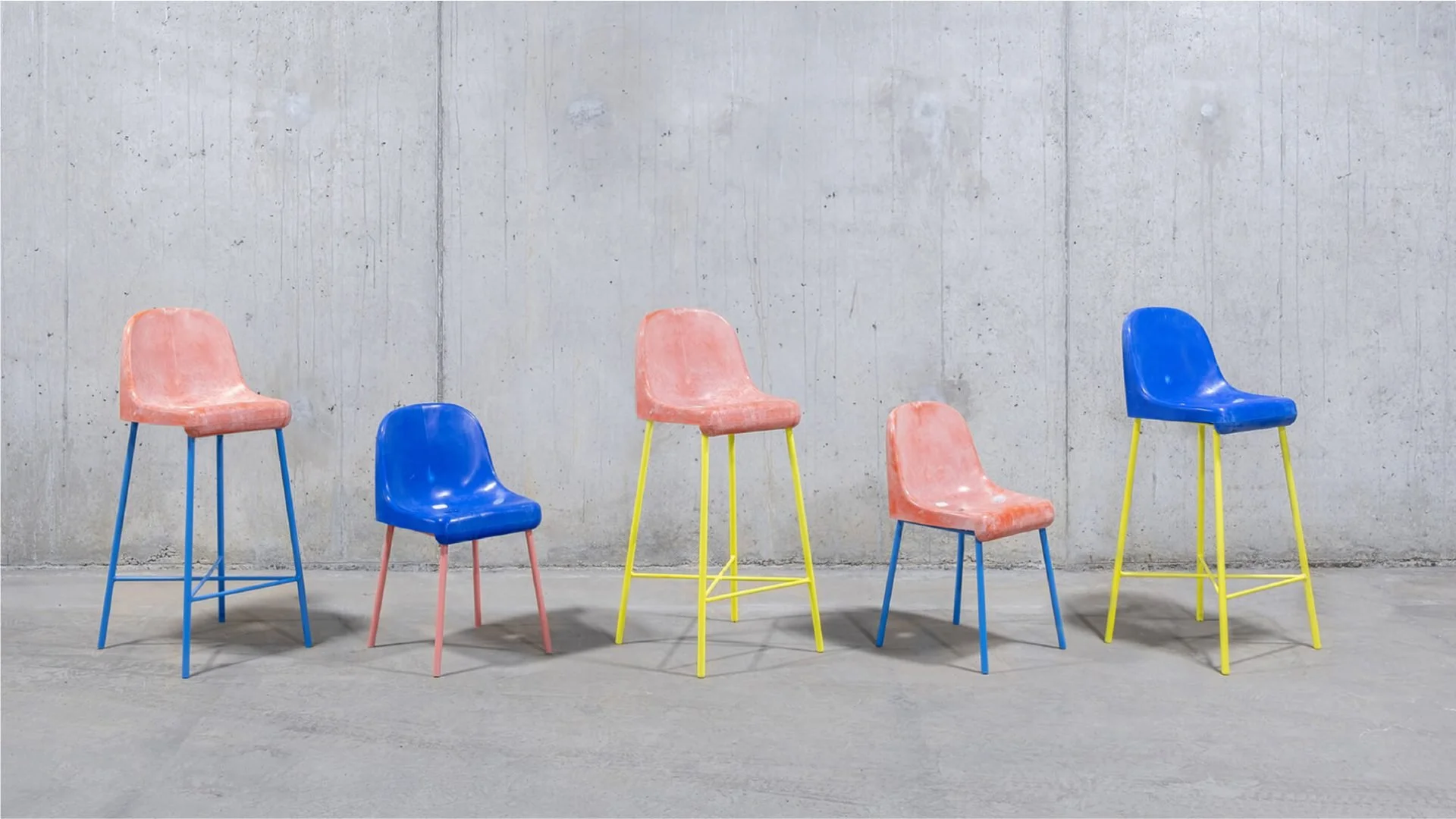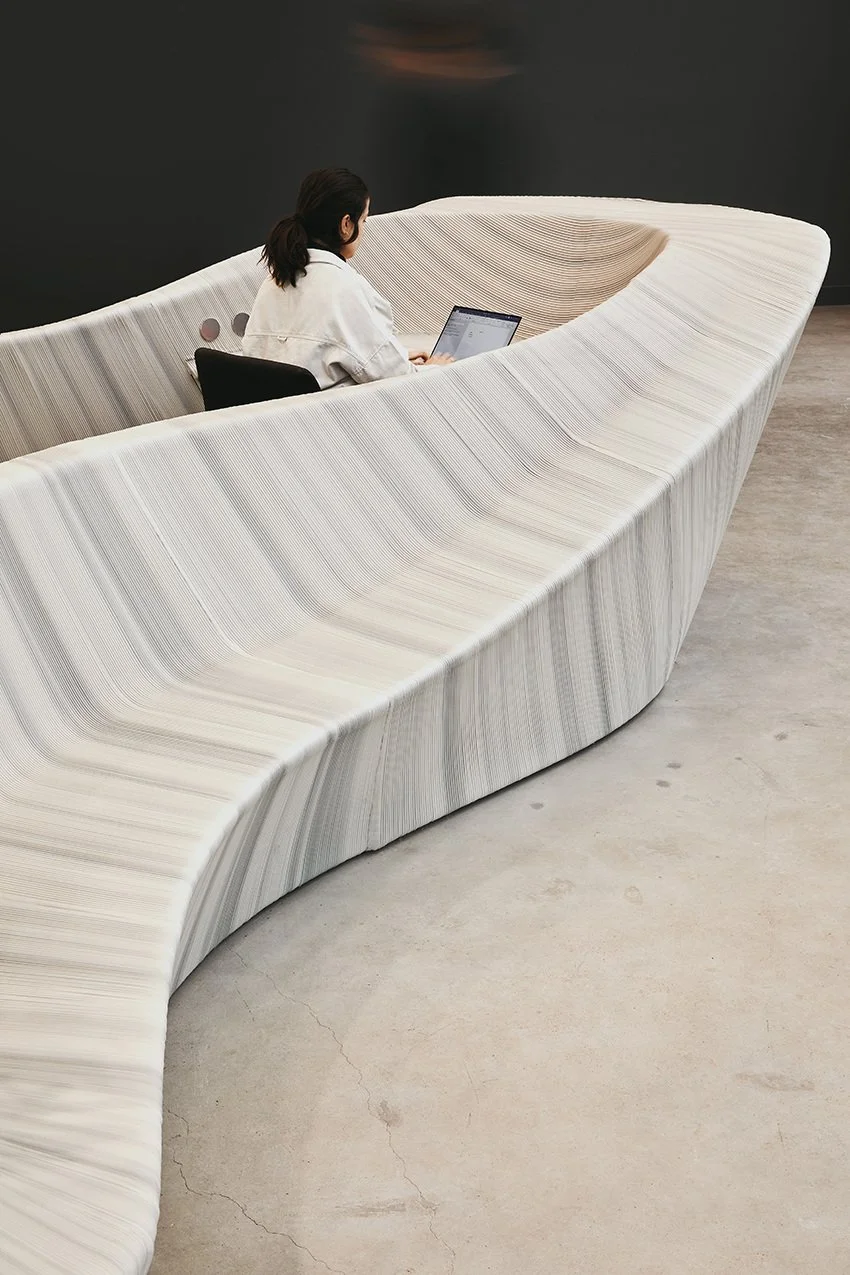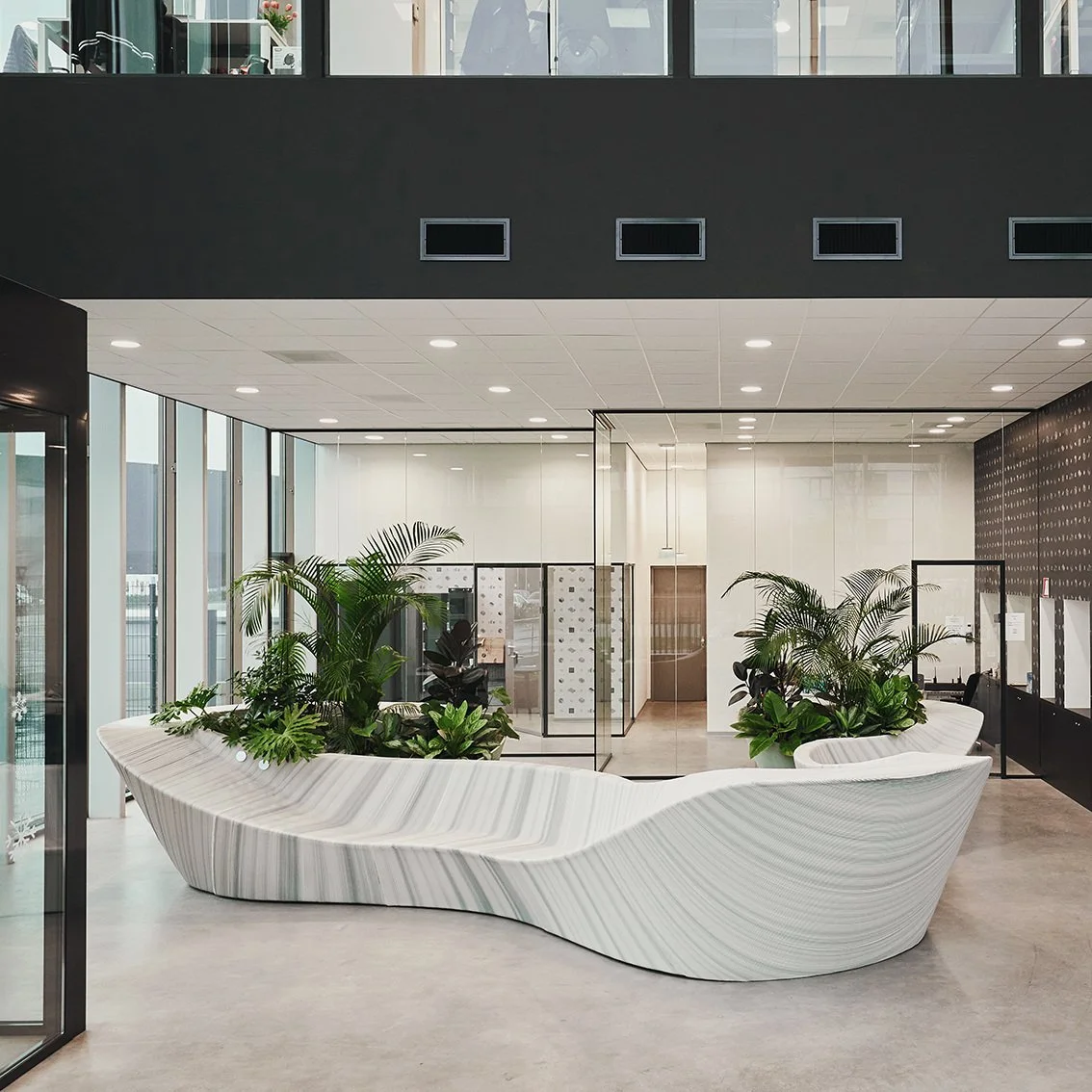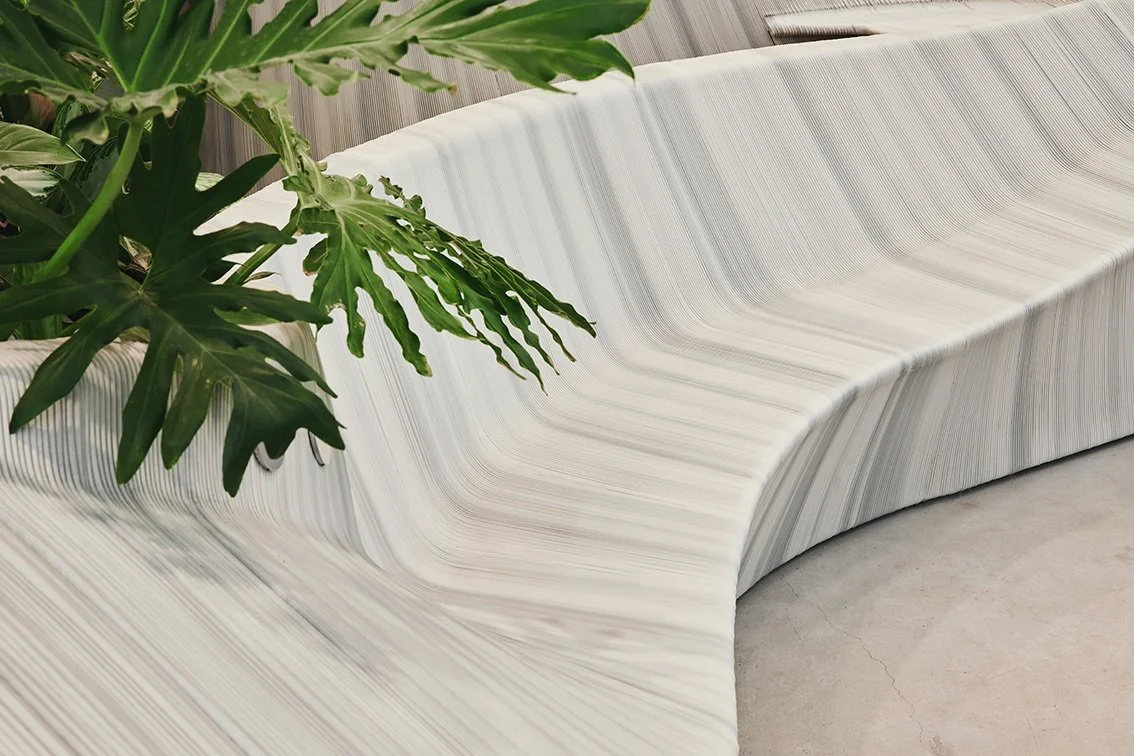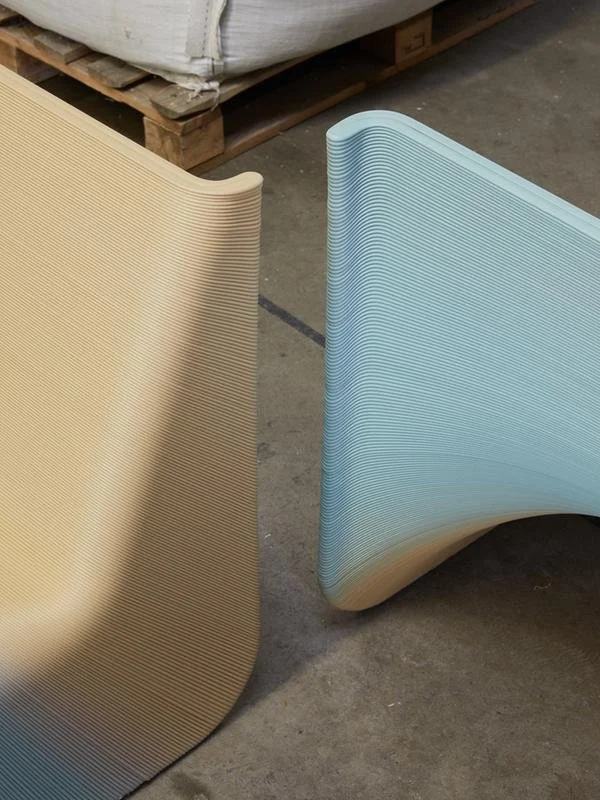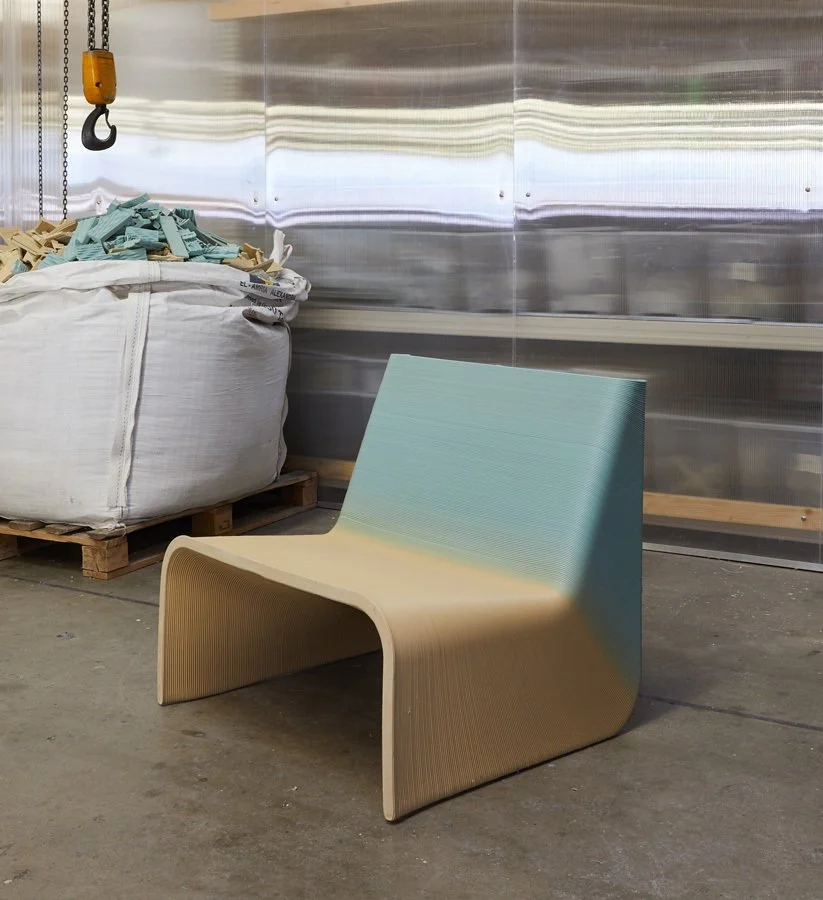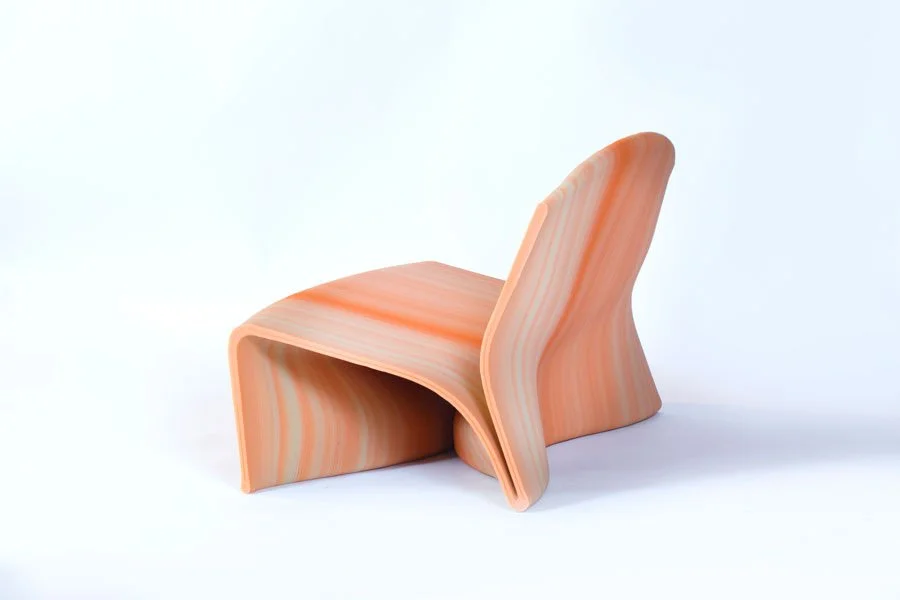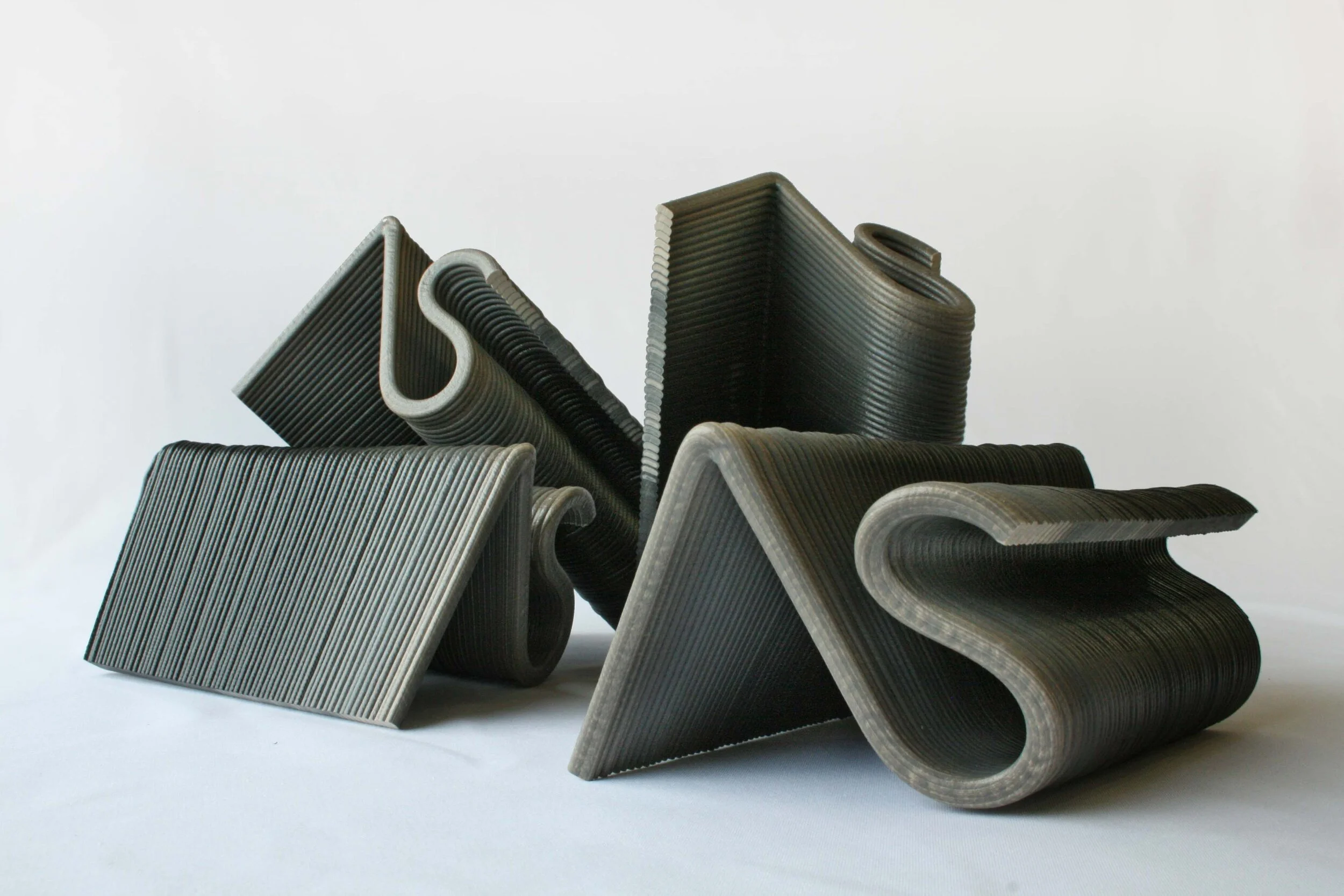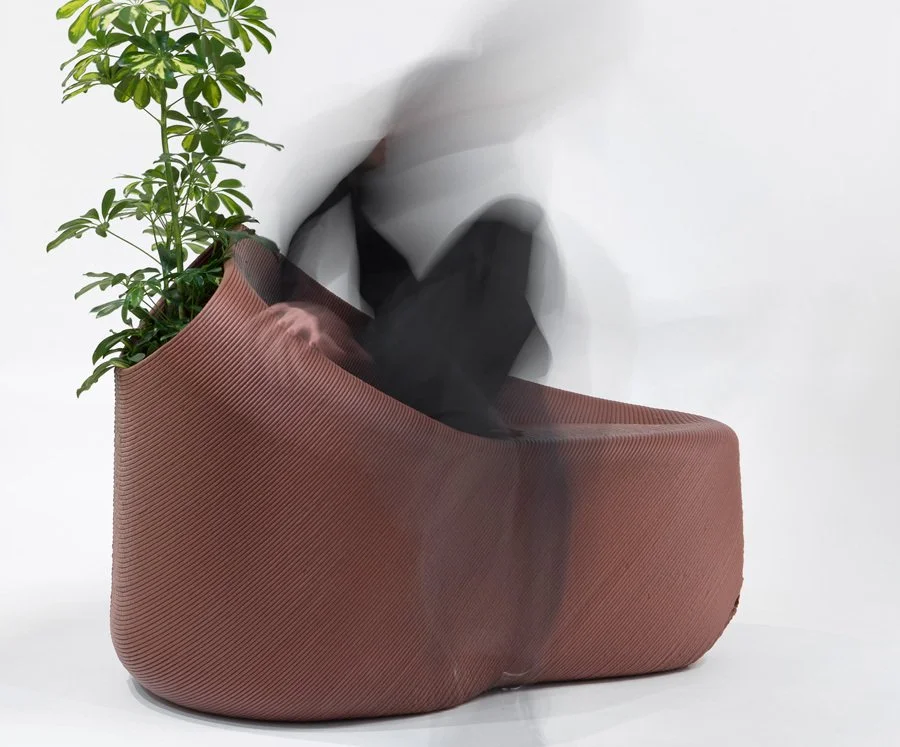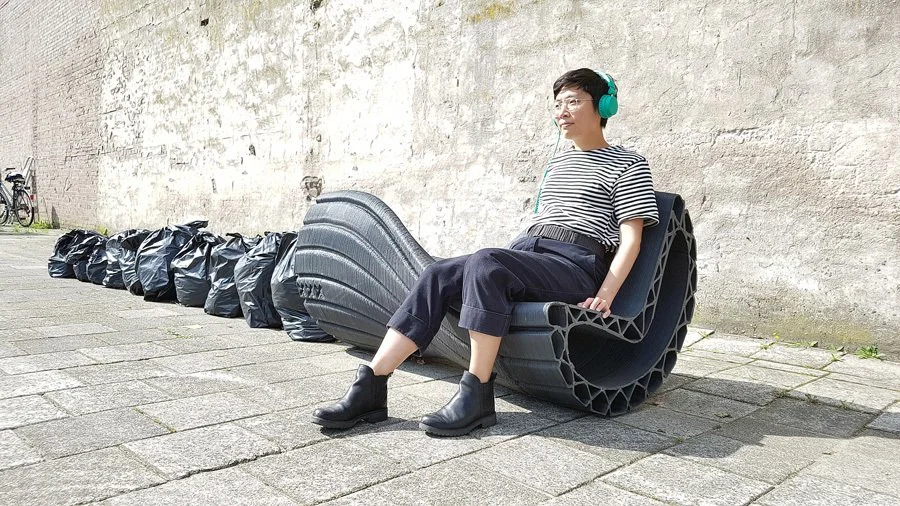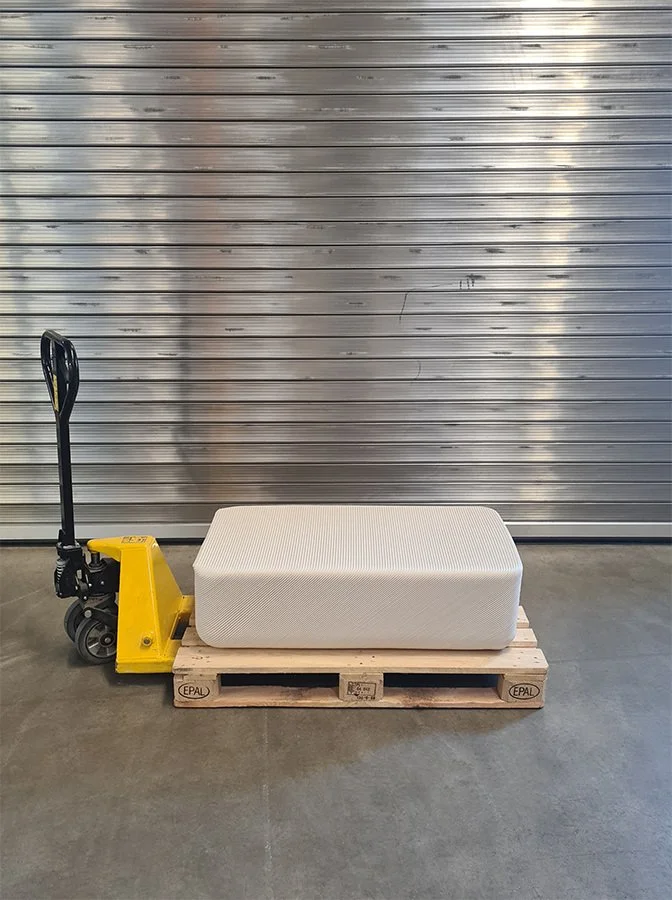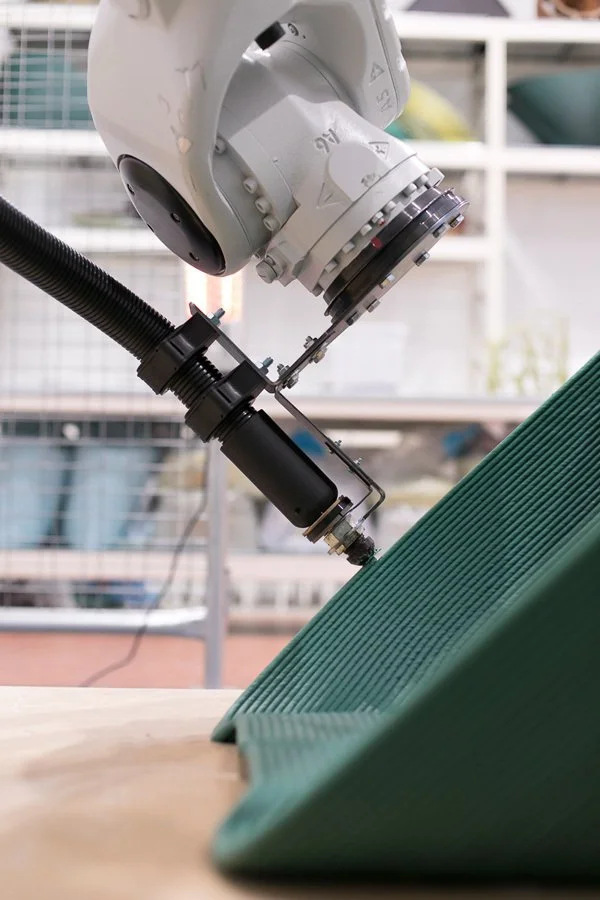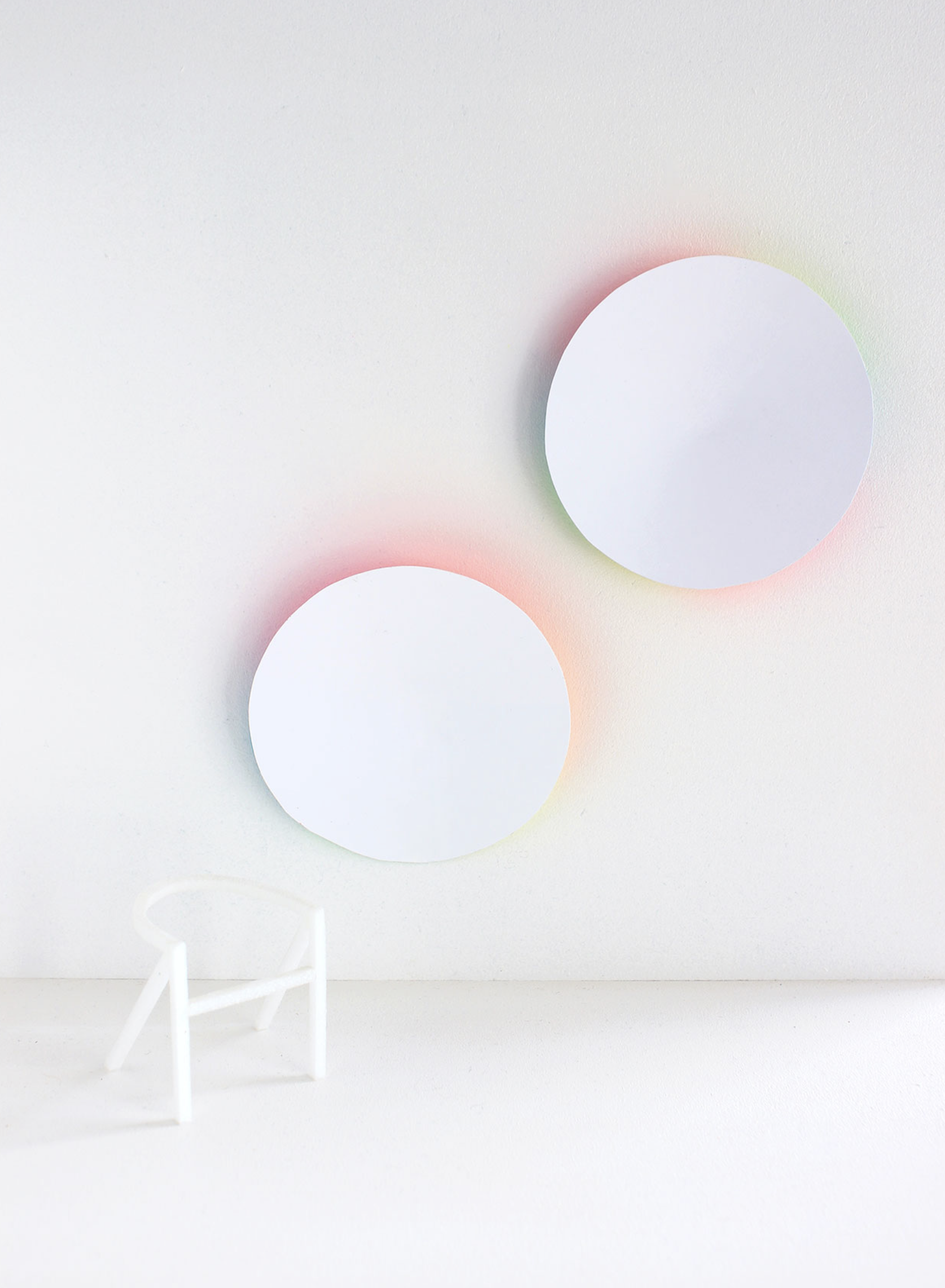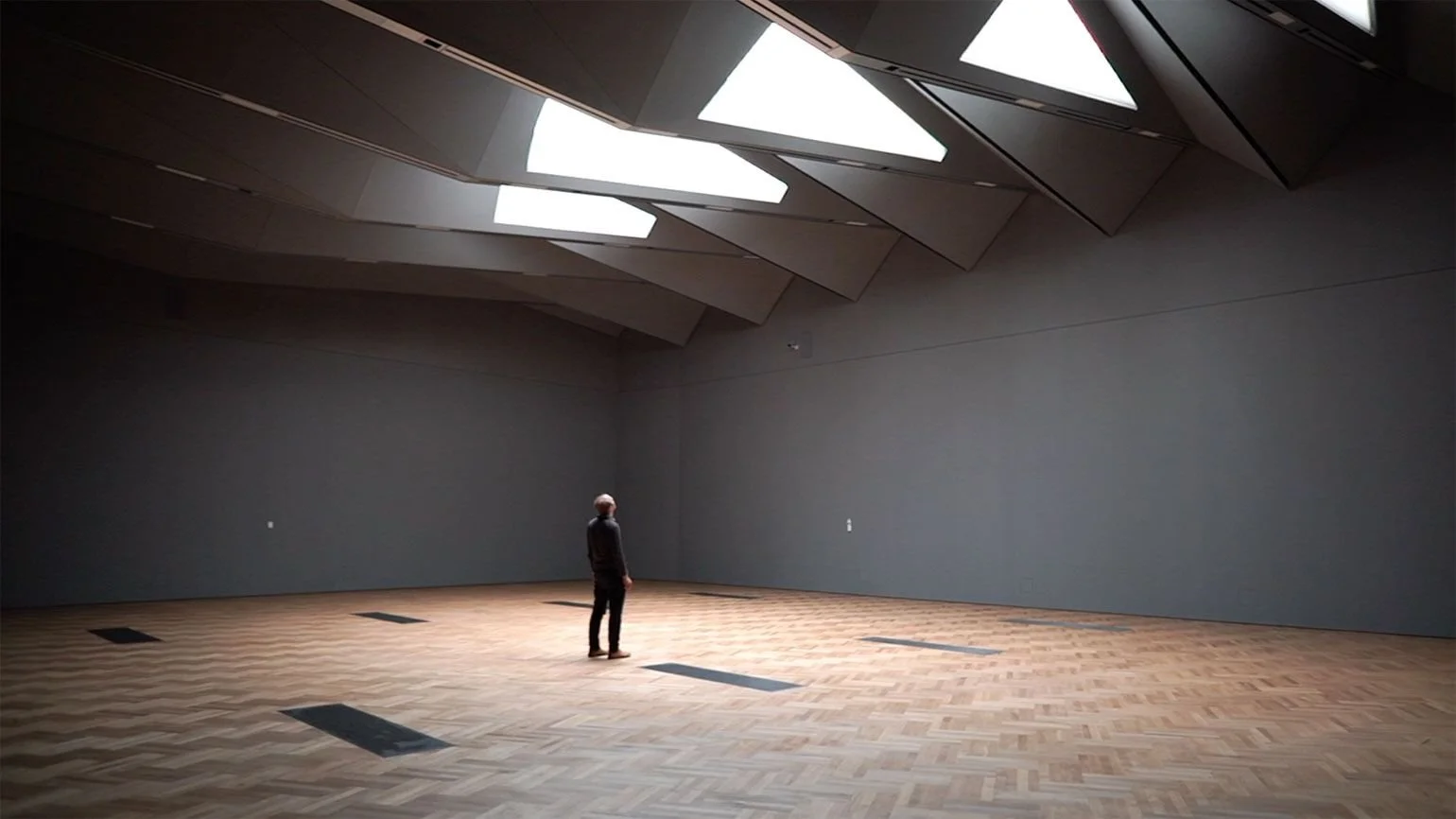 Image 1 of 7
Image 1 of 7

 Image 2 of 7
Image 2 of 7

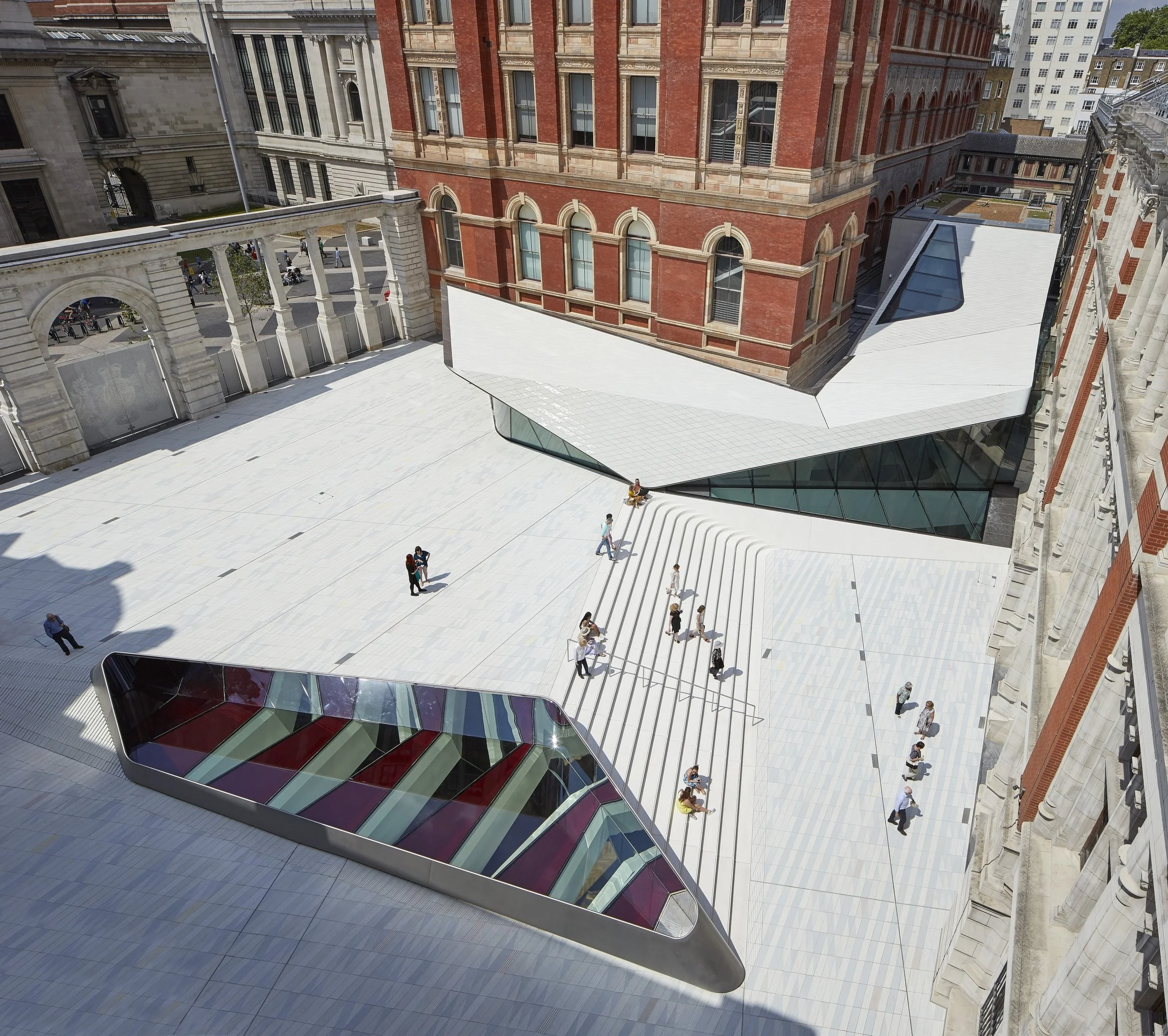 Image 3 of 7
Image 3 of 7

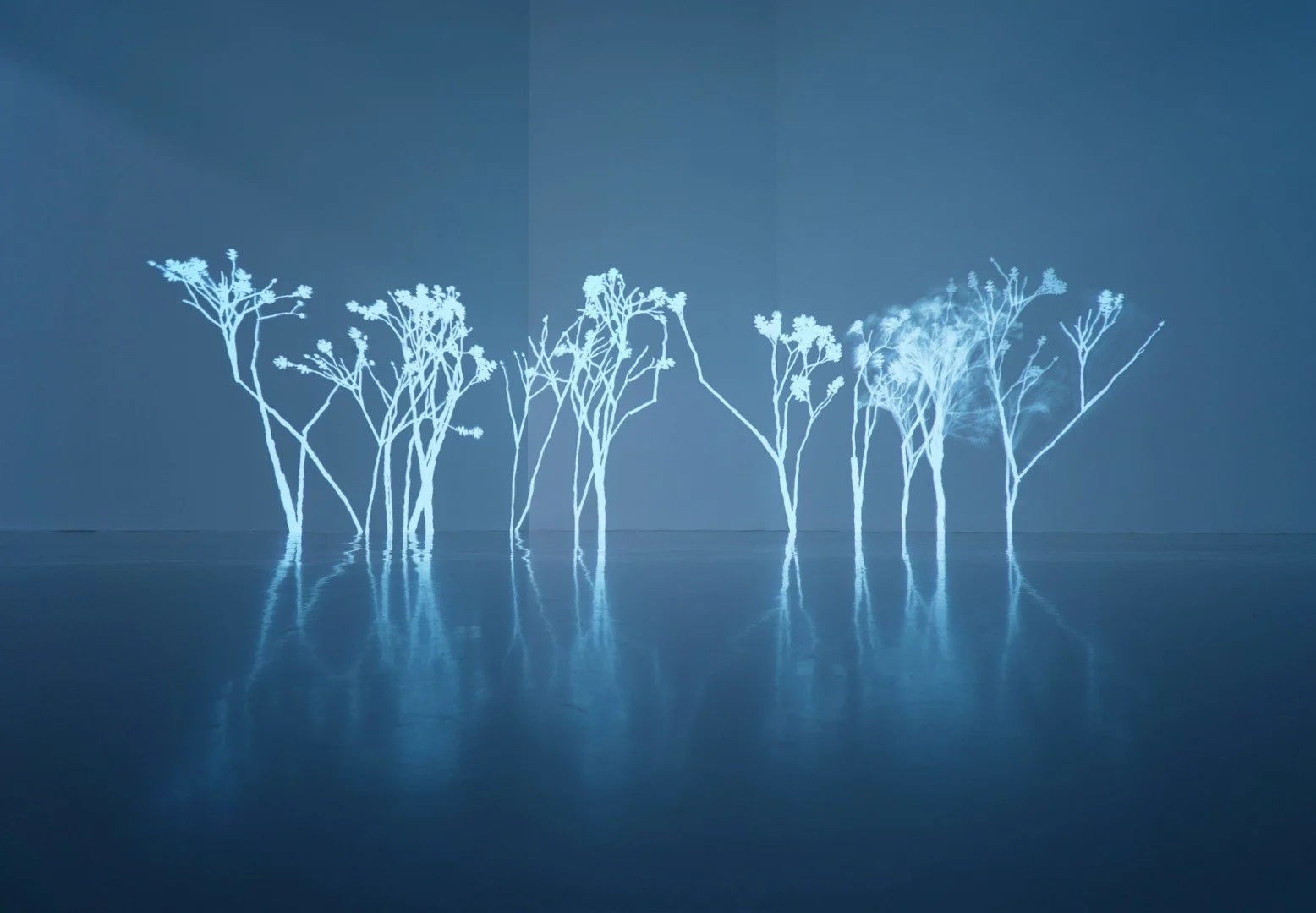 Image 4 of 7
Image 4 of 7

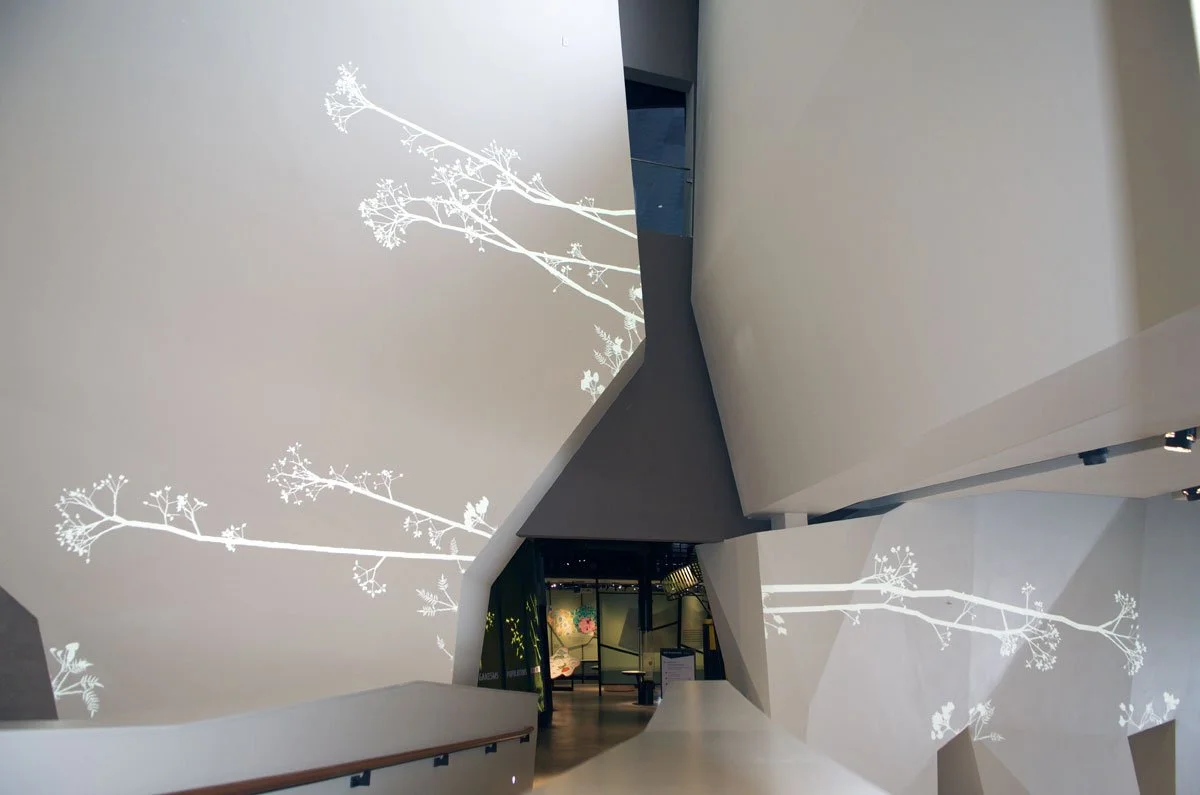 Image 5 of 7
Image 5 of 7

 Image 6 of 7
Image 6 of 7

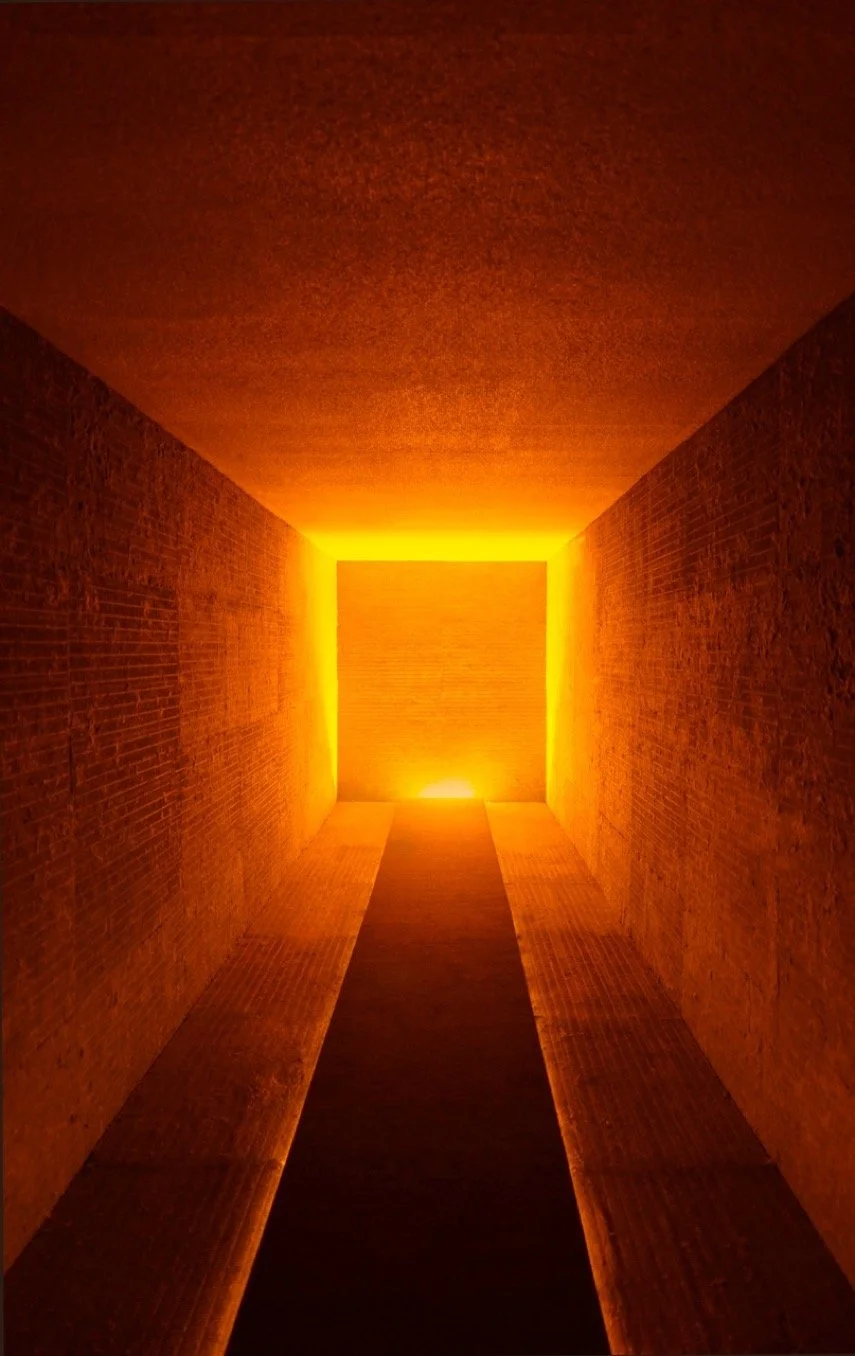 Image 7 of 7
Image 7 of 7








Simon Heijdens reinterprets natural processes with unique technologies
Simon Heijdens is a Dutch artist and designer in a mission to explore the relationship between nature, technology, and human perception through innovative installations and designs. Heijdens' current mission focuses on creating dynamic, responsive environments that blur the boundaries between natural and artificial systems. Core values include innovation, sustainability, and the integration of nature into urban spaces, with a purpose to redefine the relationship between design, technology, and the environment.
Location
Headquarters: London, United Kingdom.
Primary manufacturing/operations locations: Various global locations for projects and installations.
The Circular Vision
Core circular economy principles: While not explicitly focused on circular economy, Heijdens' work often incorporates principles of sustainability and regeneration through the use of responsive, adaptive systems.
Key innovations: Development of projects like "Shade," which uses intelligent glass to create responsive environments, and "Lightweeds," which simulates plant growth in digital form.
Prioritization of local sourcing and closed-loop supply chains: Emphasis on site-specific installations that respond to local environmental conditions, potentially reducing the need for material transportation and waste.
Pioneering Solutions
Flagship projects: "Shade" (responsive glass installation), "Lightweeds" (digital plant growth simulation), and "Tree" (interactive light installation).
Unique value propositions: High-quality, innovative design solutions that prioritize the integration of natural systems into urban environments. Heijdens' work is known for its ability to create immersive, responsive environments that connect with diverse audiences while promoting awareness of natural phenomena.
The Regenerative Future
R&D focus areas: Advancing responsive design techniques, exploring new applications for intelligent materials, and developing solutions that further integrate natural systems into urban environments.
Ambitious goals: To lead the design industry in creating responsive, nature-inspired installations and to inspire a shift towards more dynamic, adaptive urban spaces.
Fact Sheet
Commercial Availability: Art installations and design services available through exhibitions, galleries, and collaborations with cultural institutions.
Circularity Rating: 3/5 (While not explicitly focused on circular economy, work promotes sustainability through responsive, adaptive systems).
Cost Rating: 4/5 (Competitive with high-end art installations, with significant value in innovation and environmental responsiveness).
Material Passport: Detailed information on materials used in installations, often incorporating responsive and intelligent materials.
Designed for Disassembly: Information not explicitly provided, but emphasis on site-specific installations suggests potential for adaptability.
Carbon Performance: Focus on creating responsive environments that adapt to local conditions, potentially reducing energy consumption. Committed to minimizing environmental impact through efficient design and production processes.
Key Takeaway
Simon Heijdens transforms the art and design industry through innovative, responsive solutions that integrate natural systems into urban environments, setting a benchmark for environmental awareness and technological innovation in contemporary design.
Explore Further
Simon Heijdens website: http://www.simonheijdens.com
Simon Heijdens is a Dutch artist and designer in a mission to explore the relationship between nature, technology, and human perception through innovative installations and designs. Heijdens' current mission focuses on creating dynamic, responsive environments that blur the boundaries between natural and artificial systems. Core values include innovation, sustainability, and the integration of nature into urban spaces, with a purpose to redefine the relationship between design, technology, and the environment.
Location
Headquarters: London, United Kingdom.
Primary manufacturing/operations locations: Various global locations for projects and installations.
The Circular Vision
Core circular economy principles: While not explicitly focused on circular economy, Heijdens' work often incorporates principles of sustainability and regeneration through the use of responsive, adaptive systems.
Key innovations: Development of projects like "Shade," which uses intelligent glass to create responsive environments, and "Lightweeds," which simulates plant growth in digital form.
Prioritization of local sourcing and closed-loop supply chains: Emphasis on site-specific installations that respond to local environmental conditions, potentially reducing the need for material transportation and waste.
Pioneering Solutions
Flagship projects: "Shade" (responsive glass installation), "Lightweeds" (digital plant growth simulation), and "Tree" (interactive light installation).
Unique value propositions: High-quality, innovative design solutions that prioritize the integration of natural systems into urban environments. Heijdens' work is known for its ability to create immersive, responsive environments that connect with diverse audiences while promoting awareness of natural phenomena.
The Regenerative Future
R&D focus areas: Advancing responsive design techniques, exploring new applications for intelligent materials, and developing solutions that further integrate natural systems into urban environments.
Ambitious goals: To lead the design industry in creating responsive, nature-inspired installations and to inspire a shift towards more dynamic, adaptive urban spaces.
Fact Sheet
Commercial Availability: Art installations and design services available through exhibitions, galleries, and collaborations with cultural institutions.
Circularity Rating: 3/5 (While not explicitly focused on circular economy, work promotes sustainability through responsive, adaptive systems).
Cost Rating: 4/5 (Competitive with high-end art installations, with significant value in innovation and environmental responsiveness).
Material Passport: Detailed information on materials used in installations, often incorporating responsive and intelligent materials.
Designed for Disassembly: Information not explicitly provided, but emphasis on site-specific installations suggests potential for adaptability.
Carbon Performance: Focus on creating responsive environments that adapt to local conditions, potentially reducing energy consumption. Committed to minimizing environmental impact through efficient design and production processes.
Key Takeaway
Simon Heijdens transforms the art and design industry through innovative, responsive solutions that integrate natural systems into urban environments, setting a benchmark for environmental awareness and technological innovation in contemporary design.
Explore Further
Simon Heijdens website: http://www.simonheijdens.com
